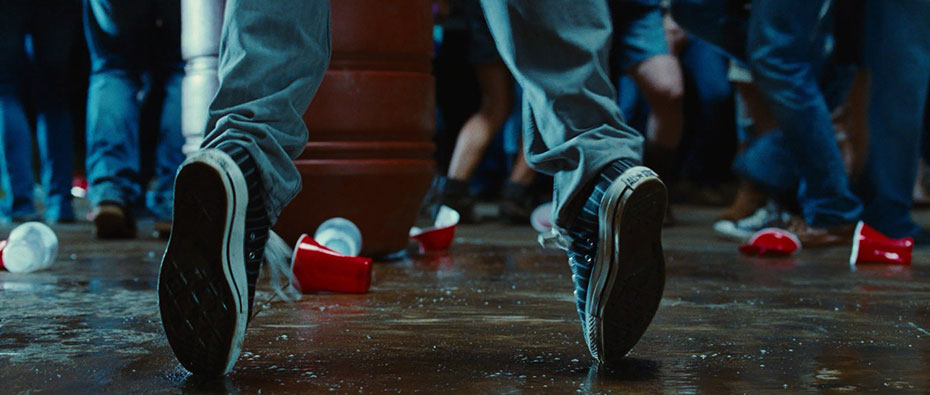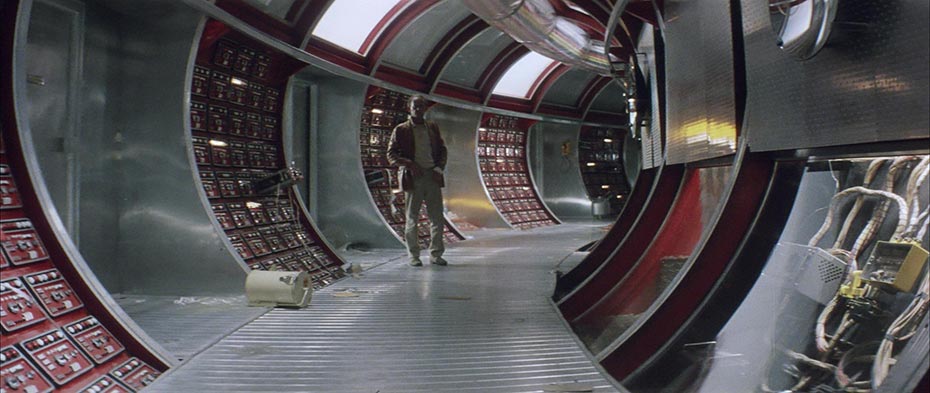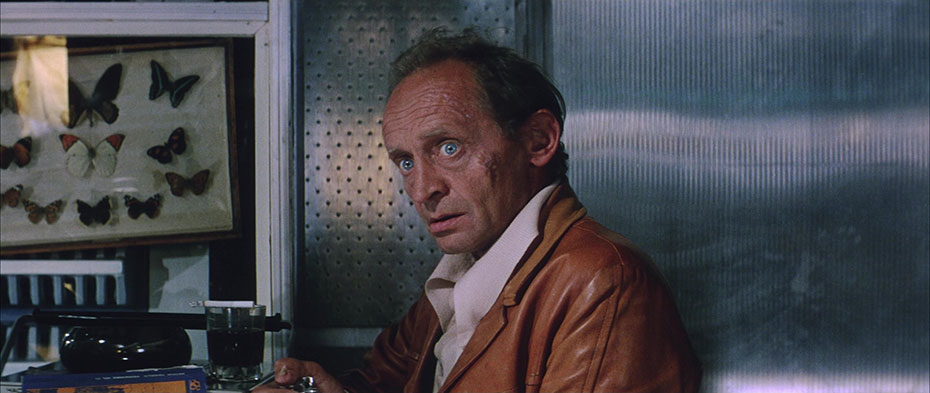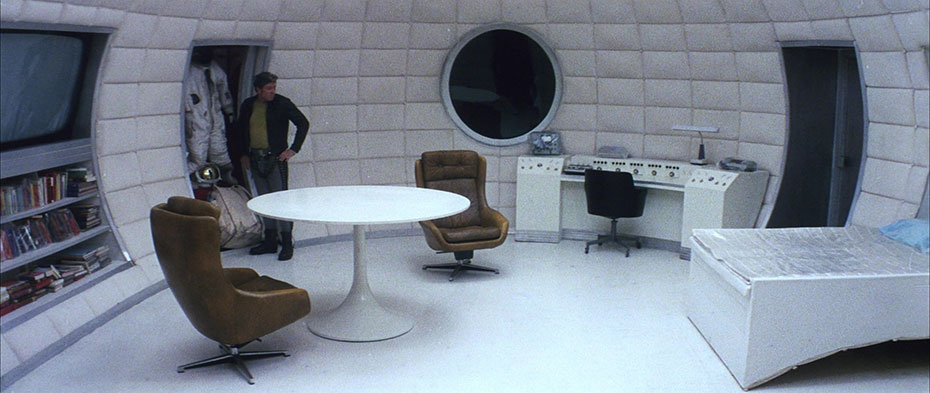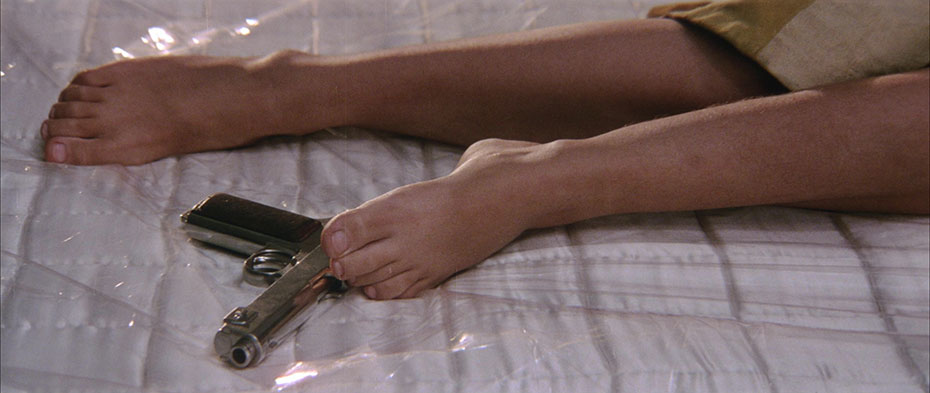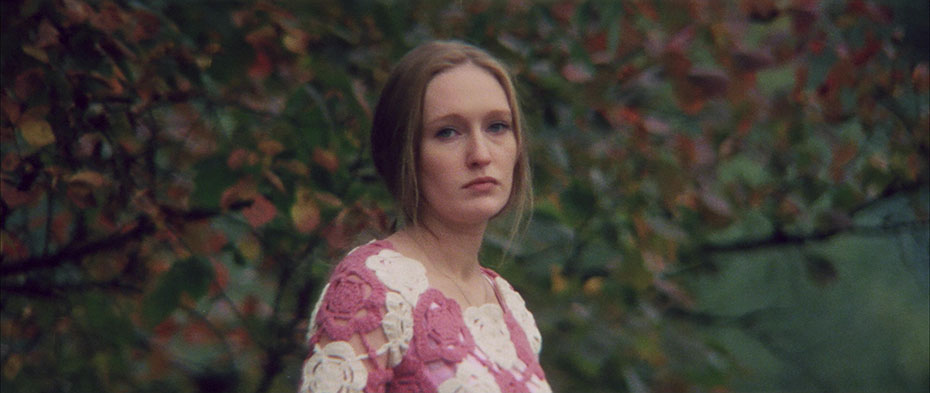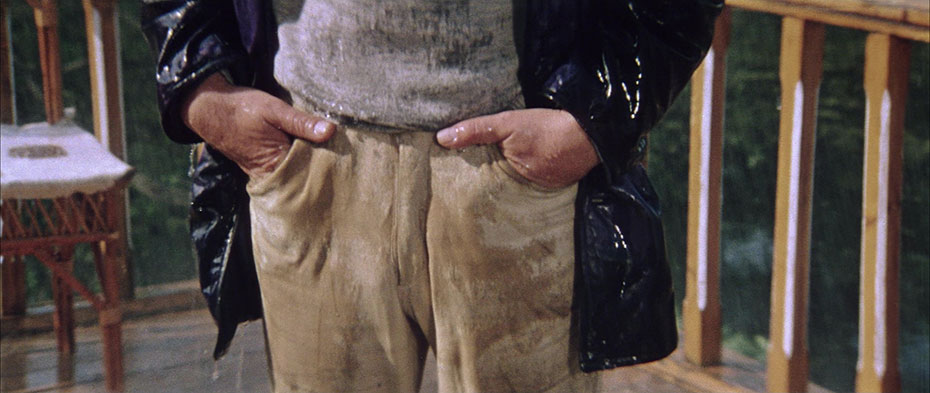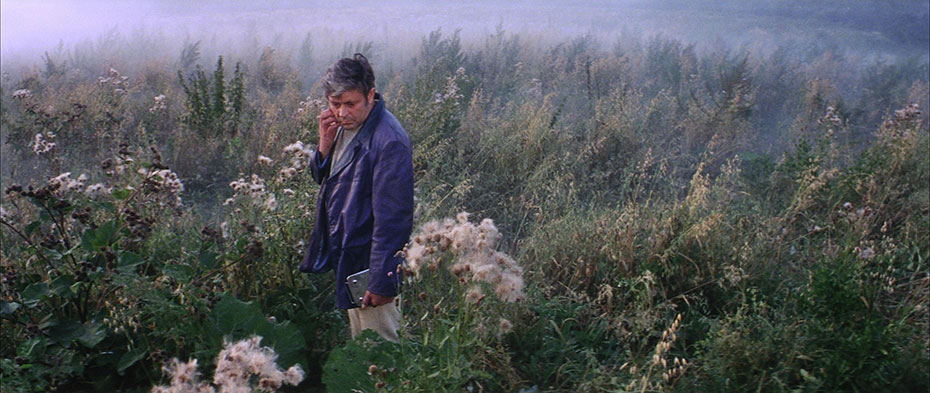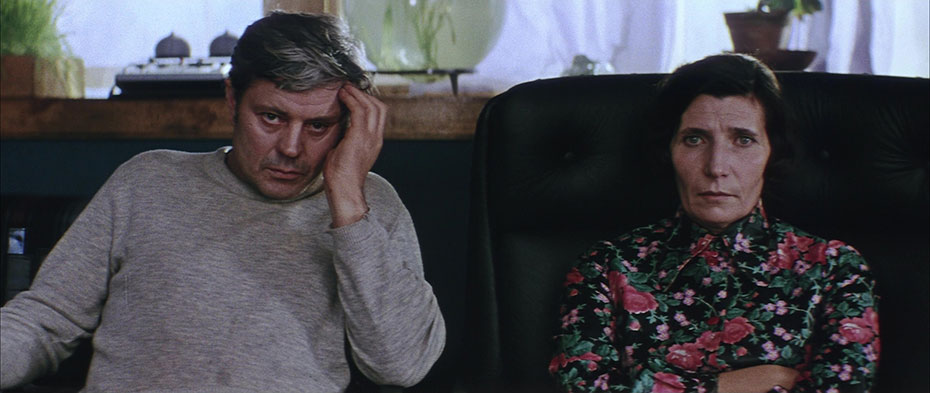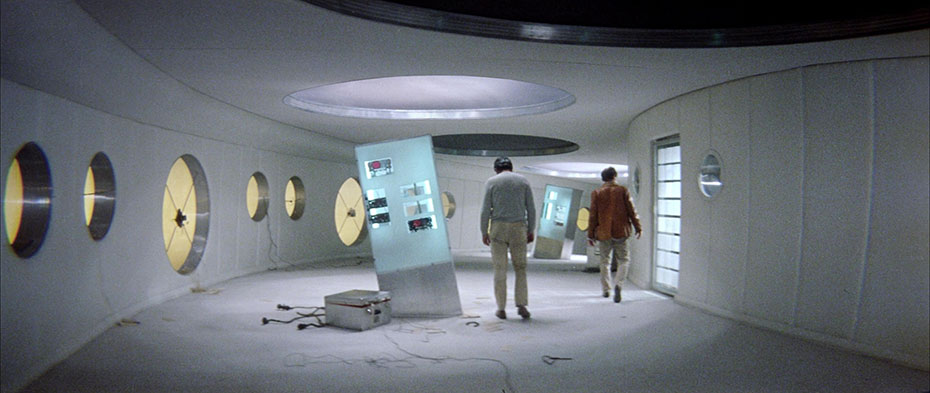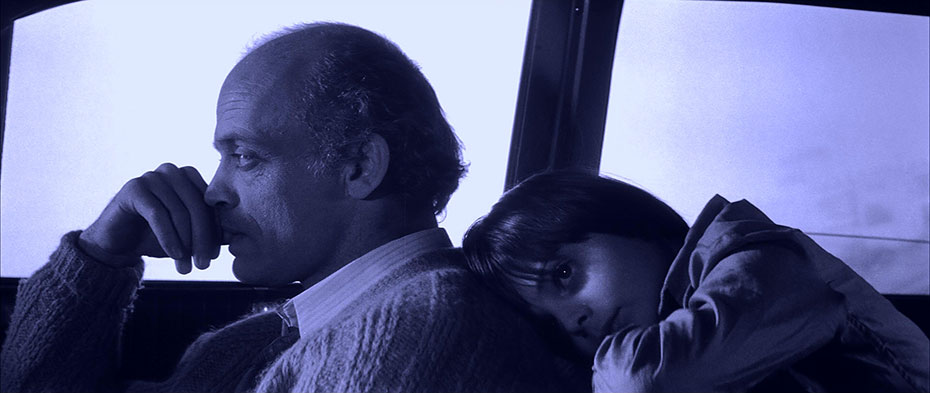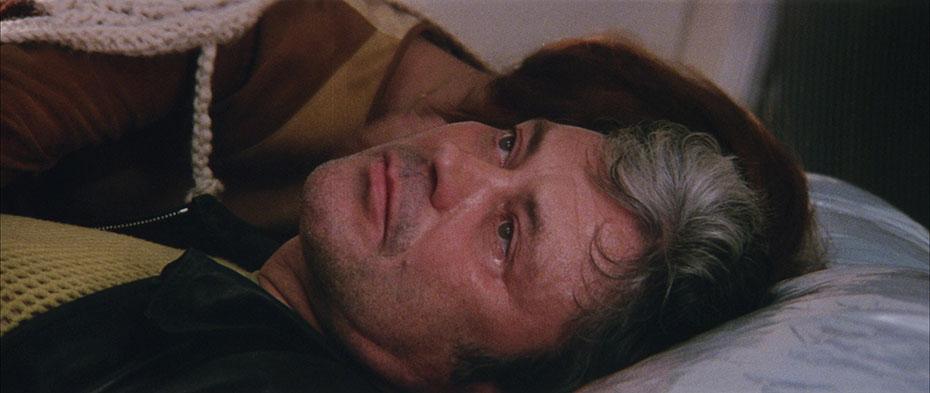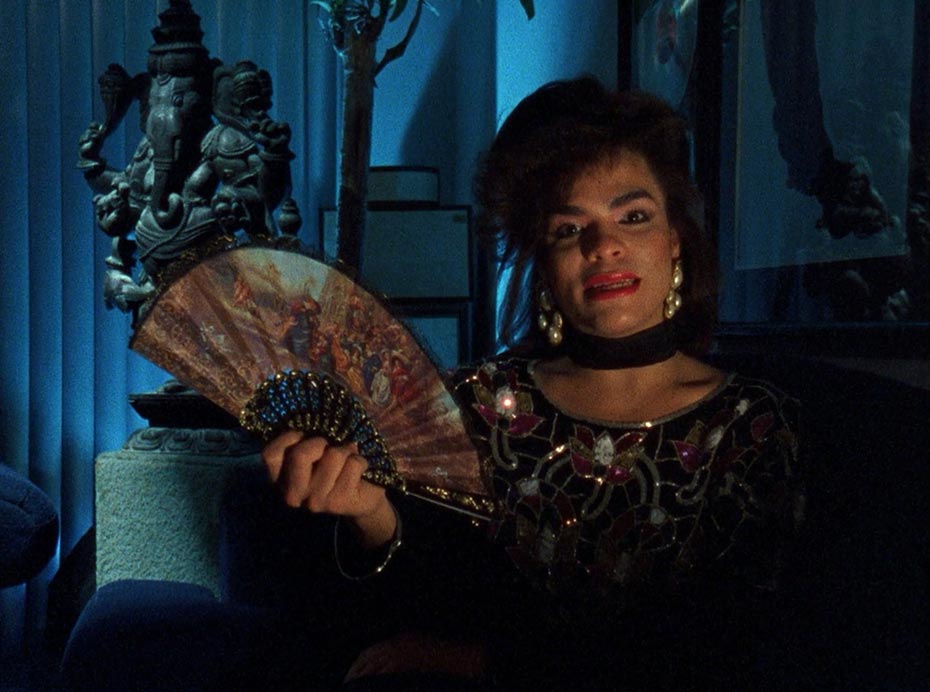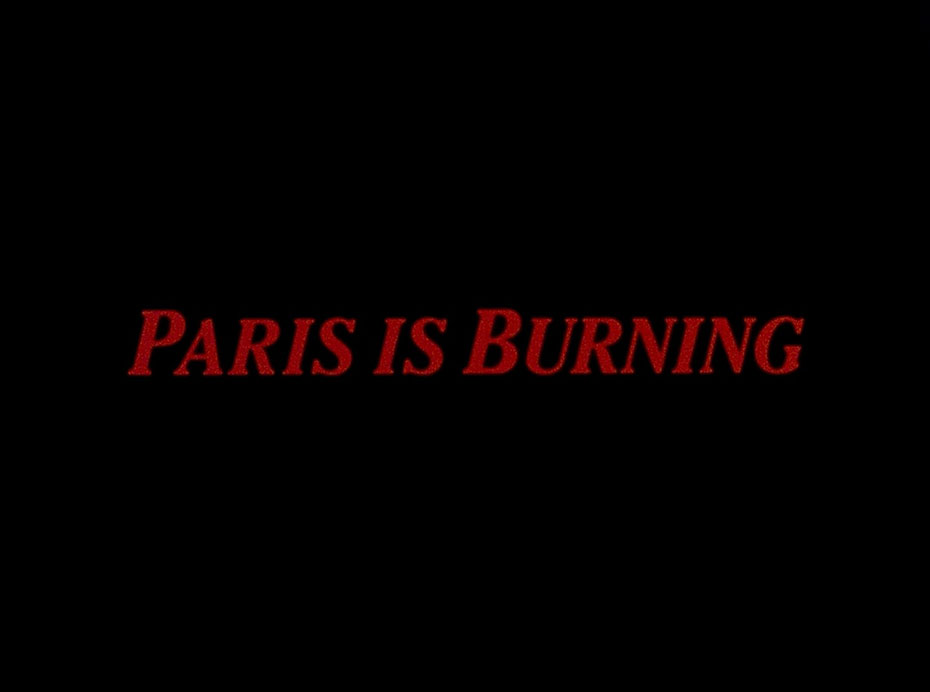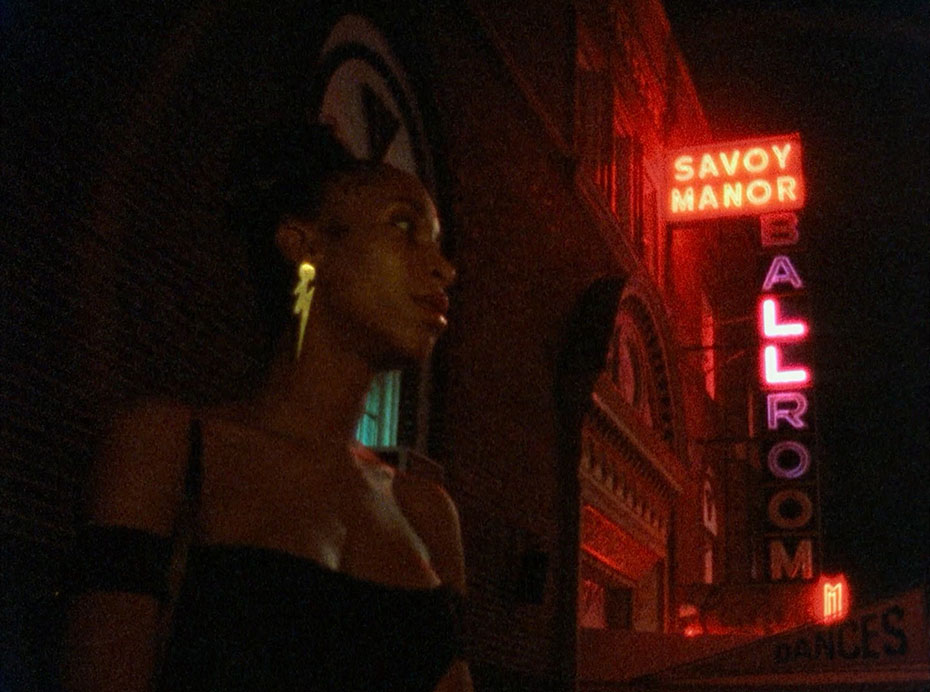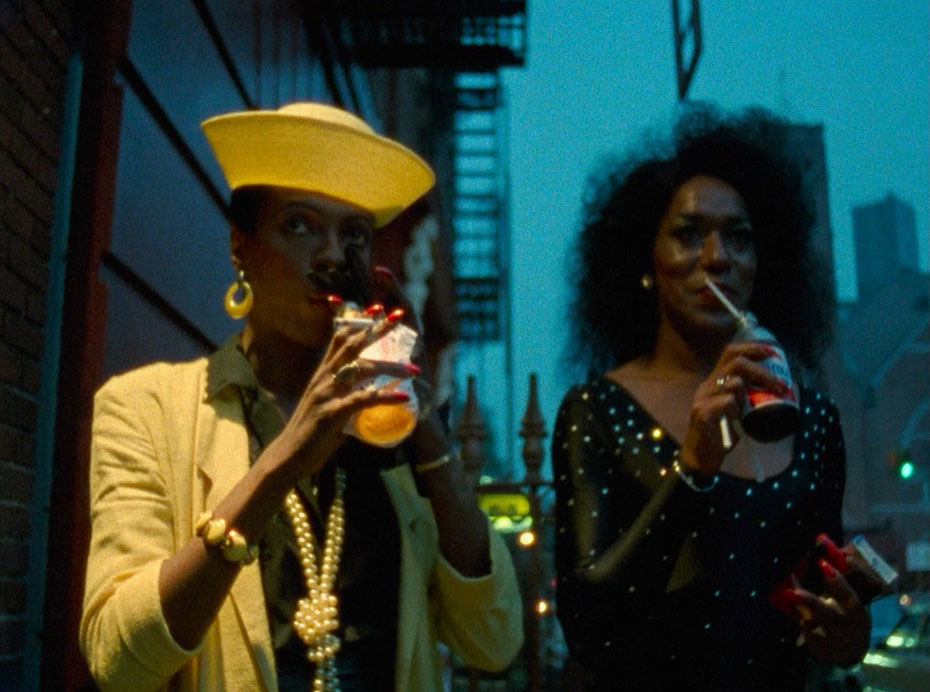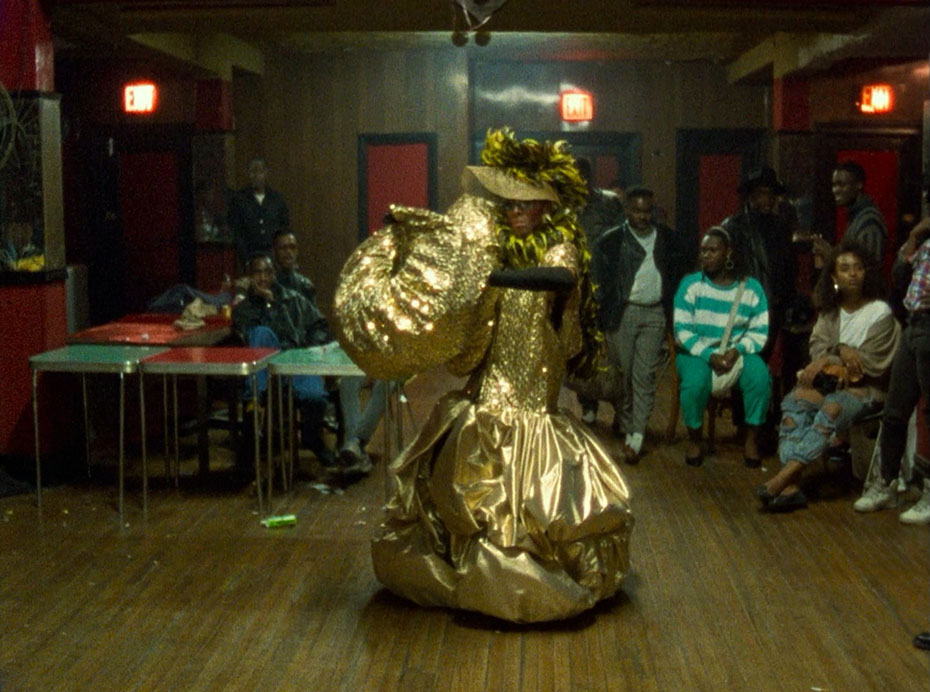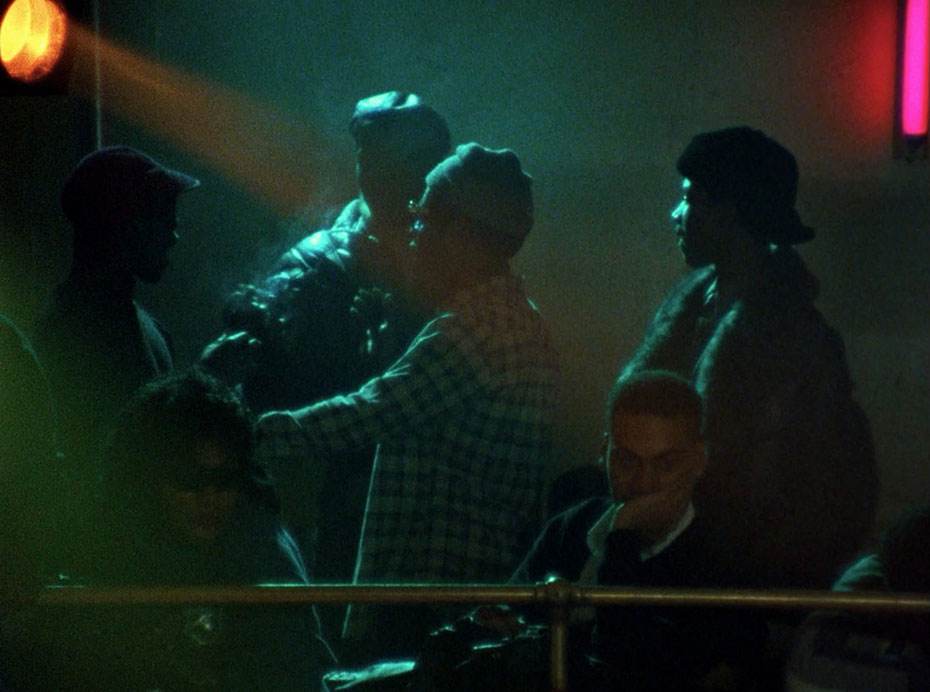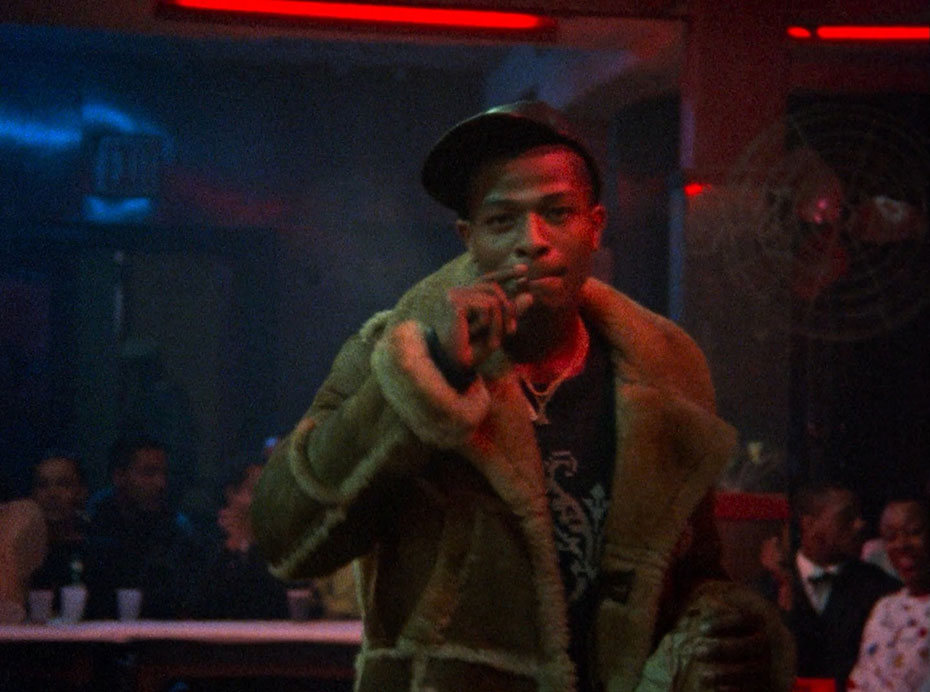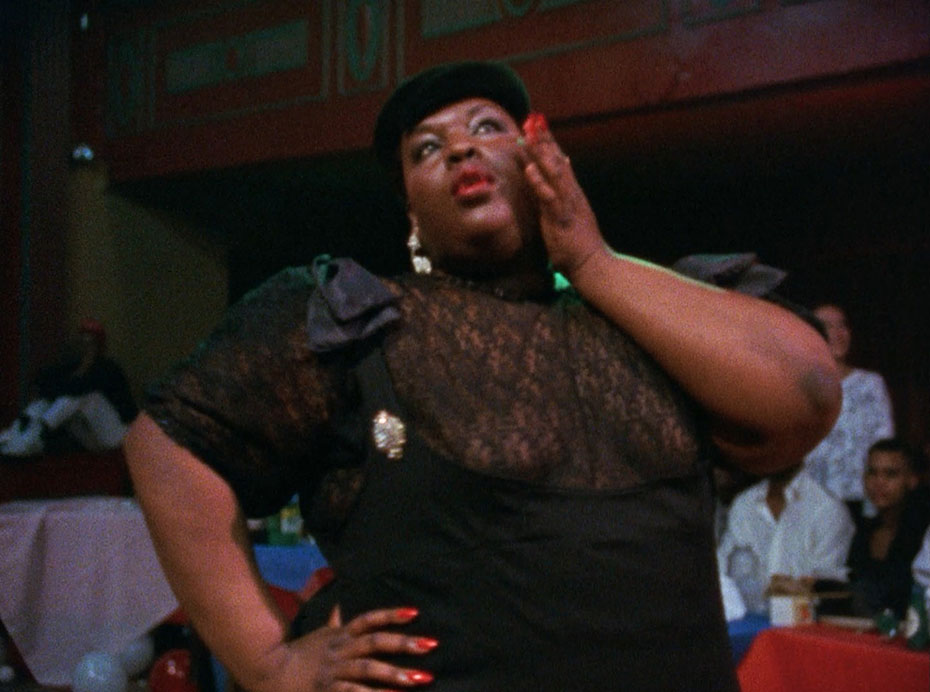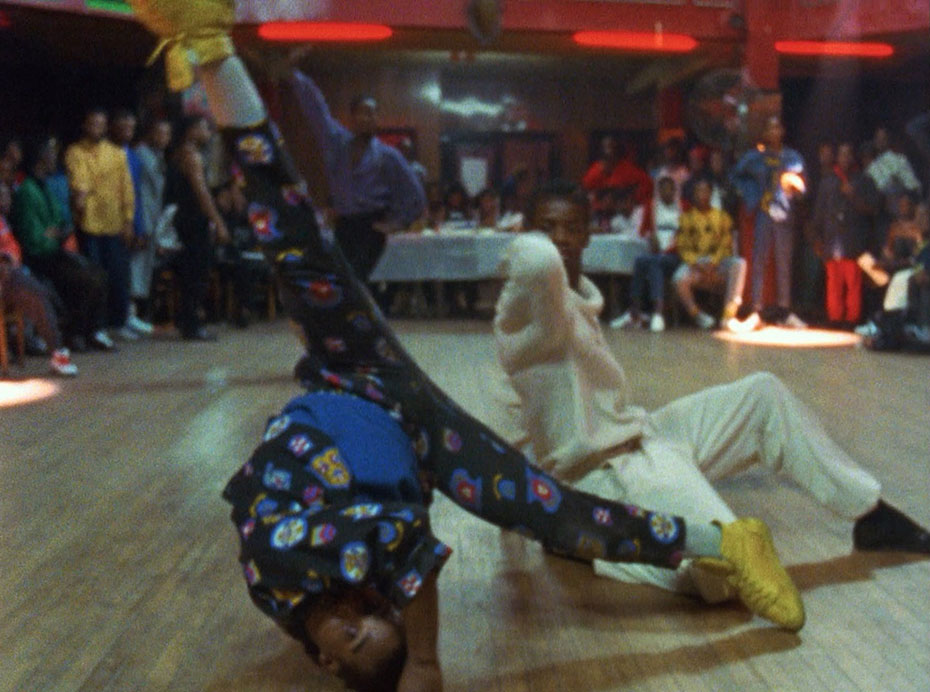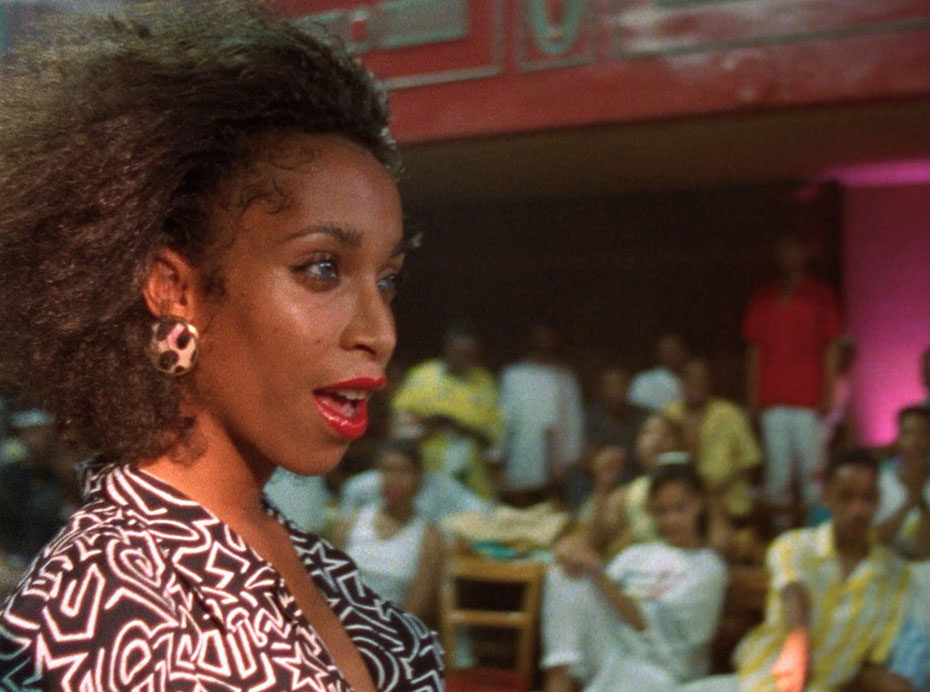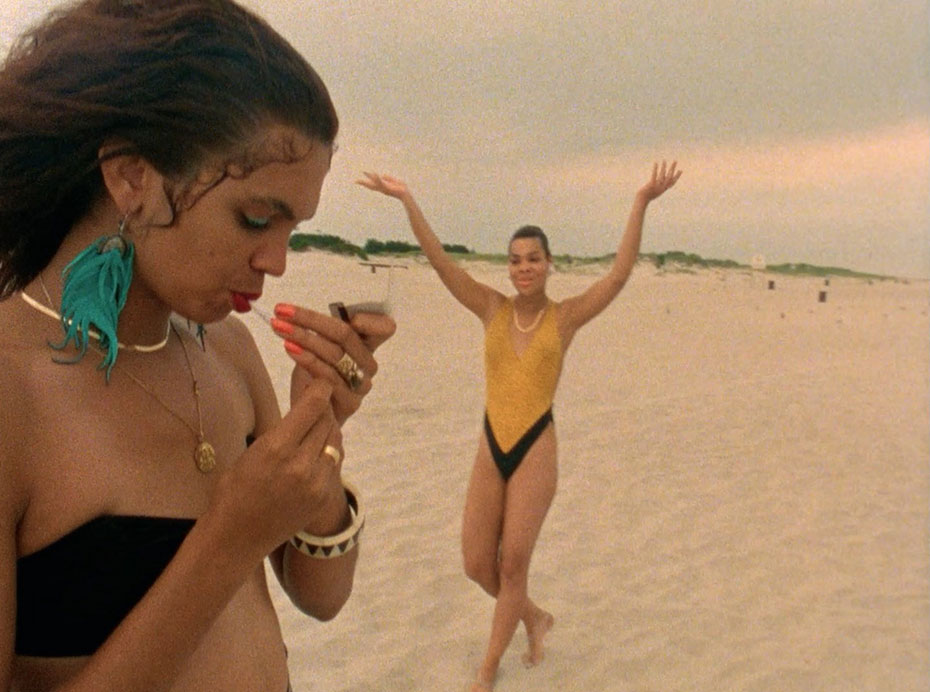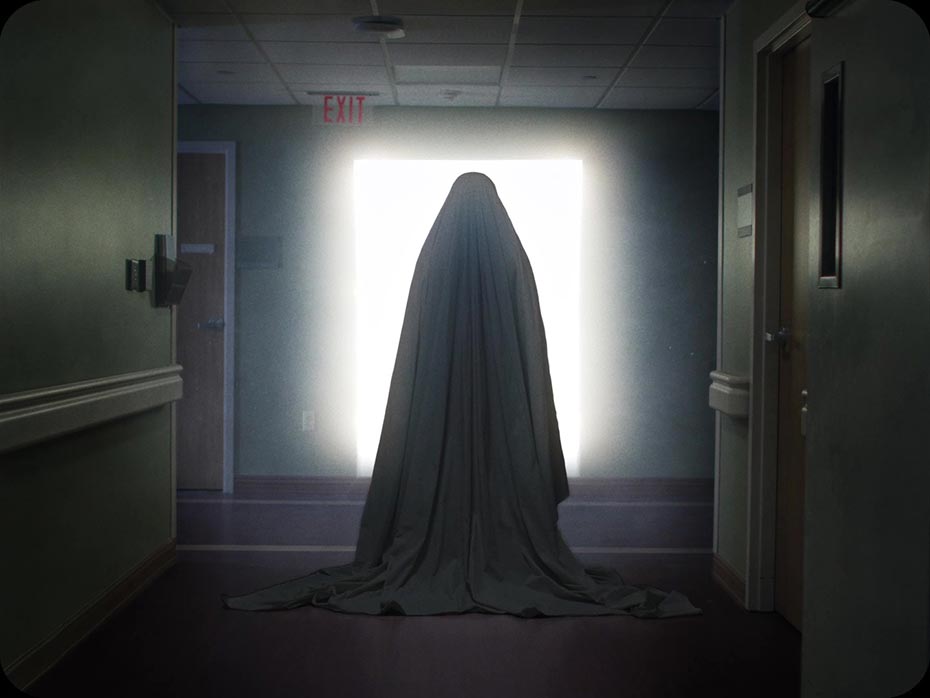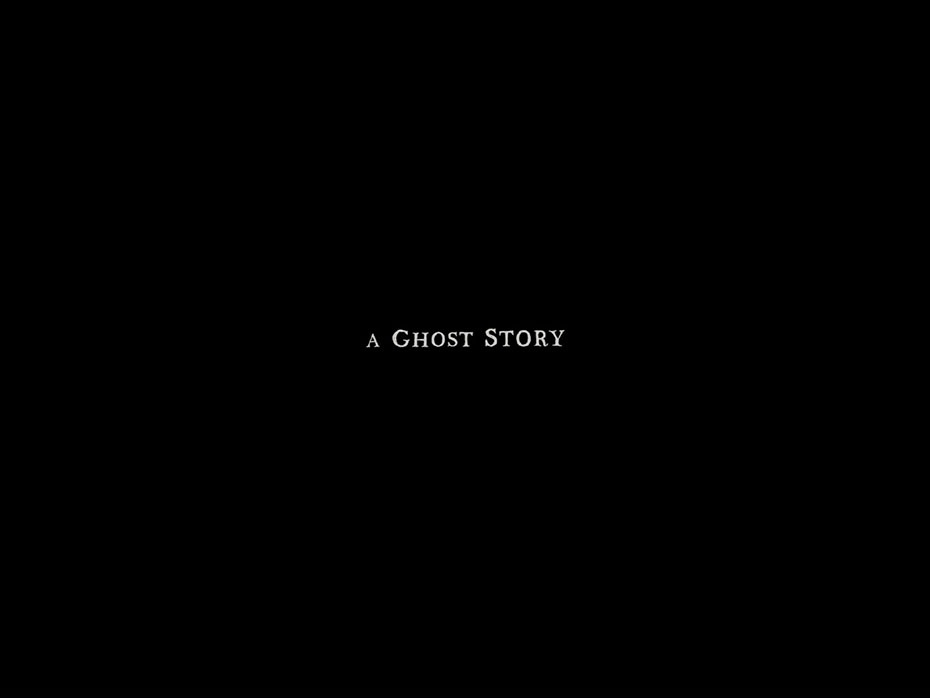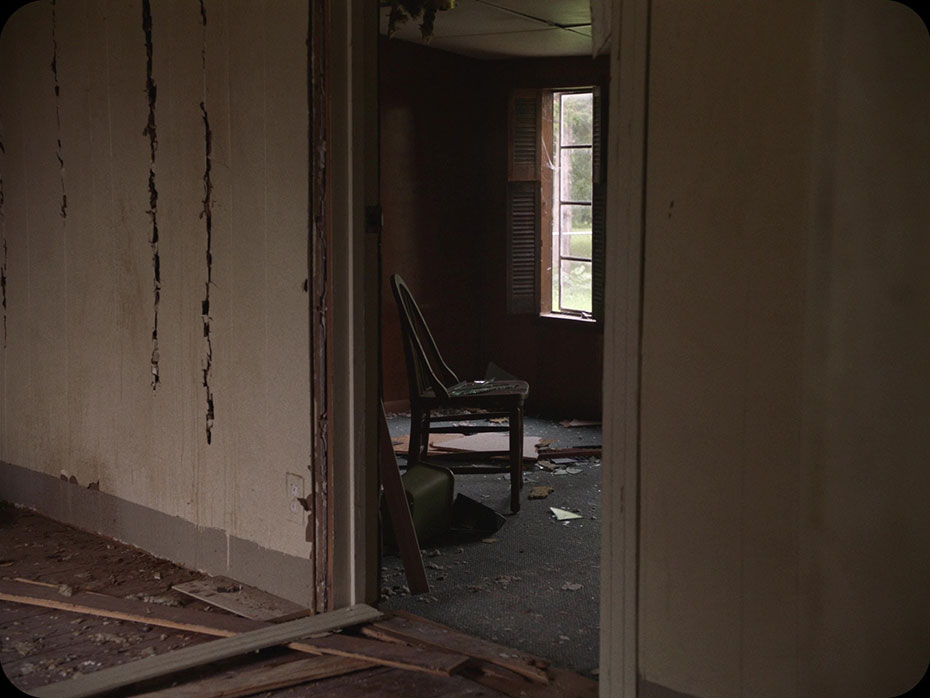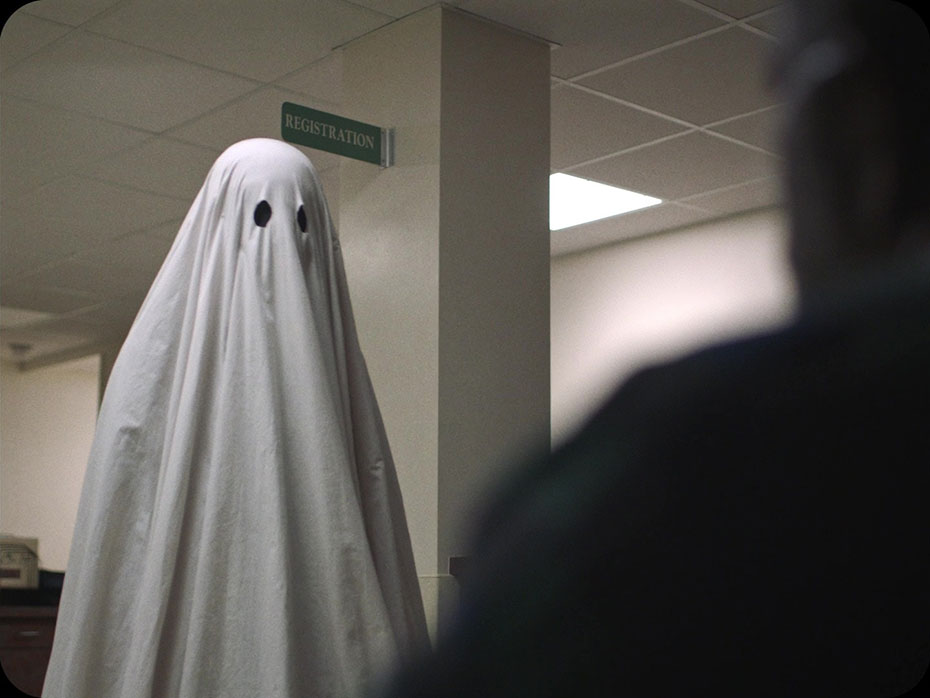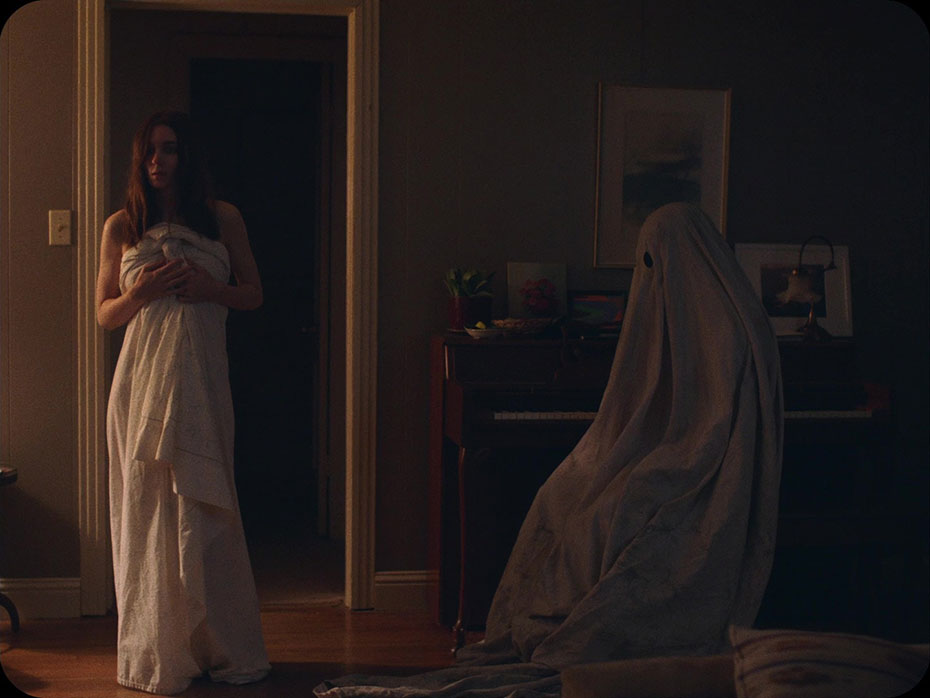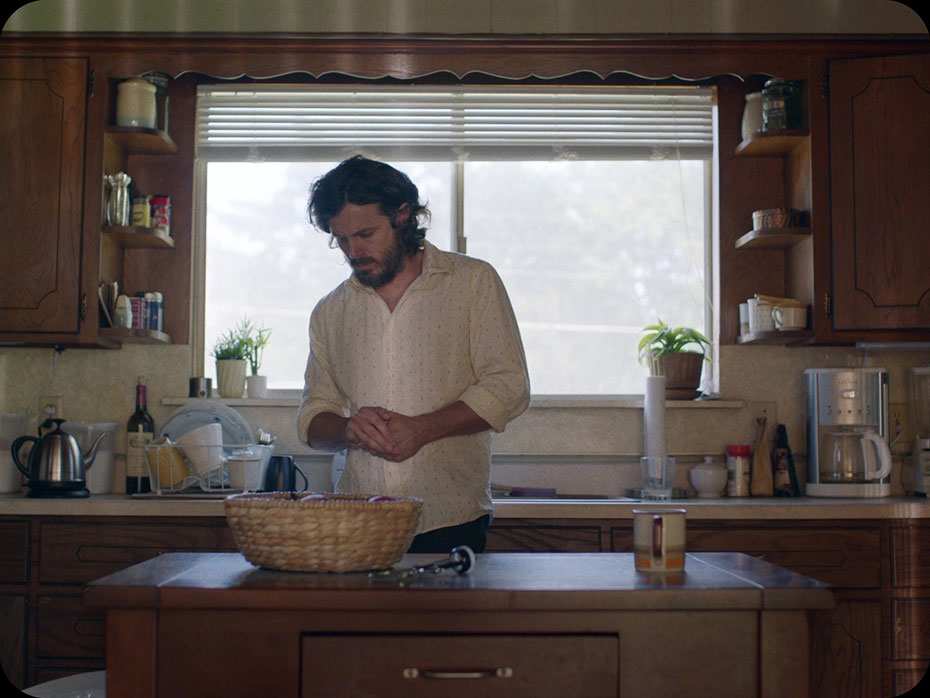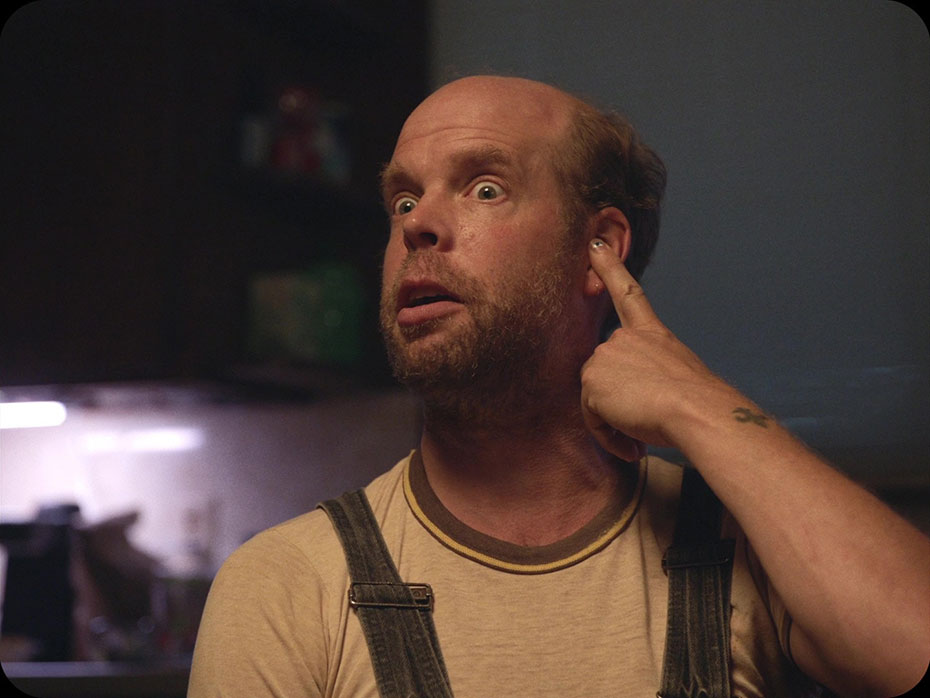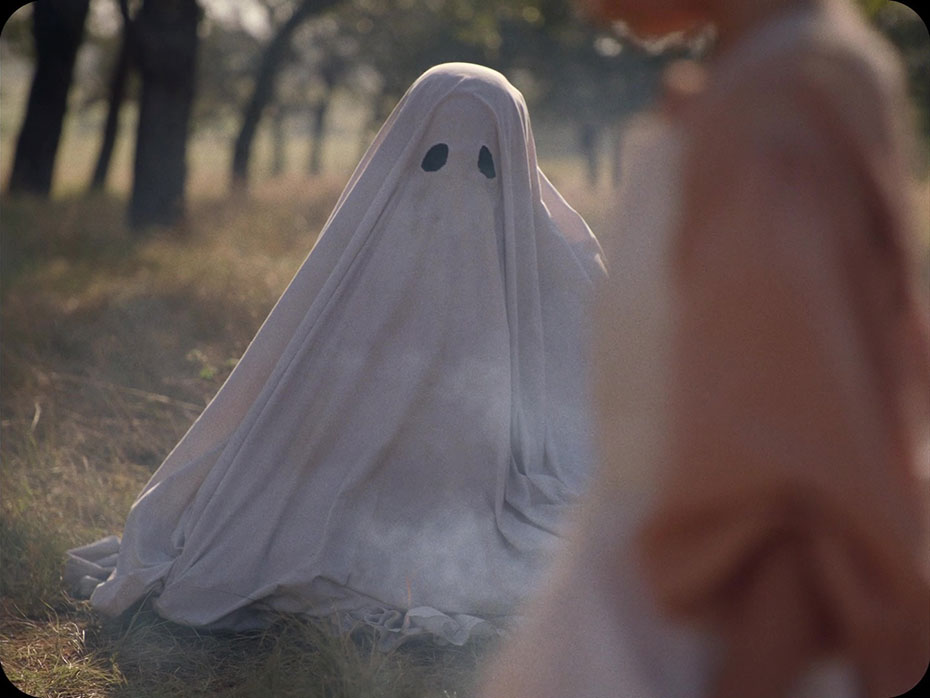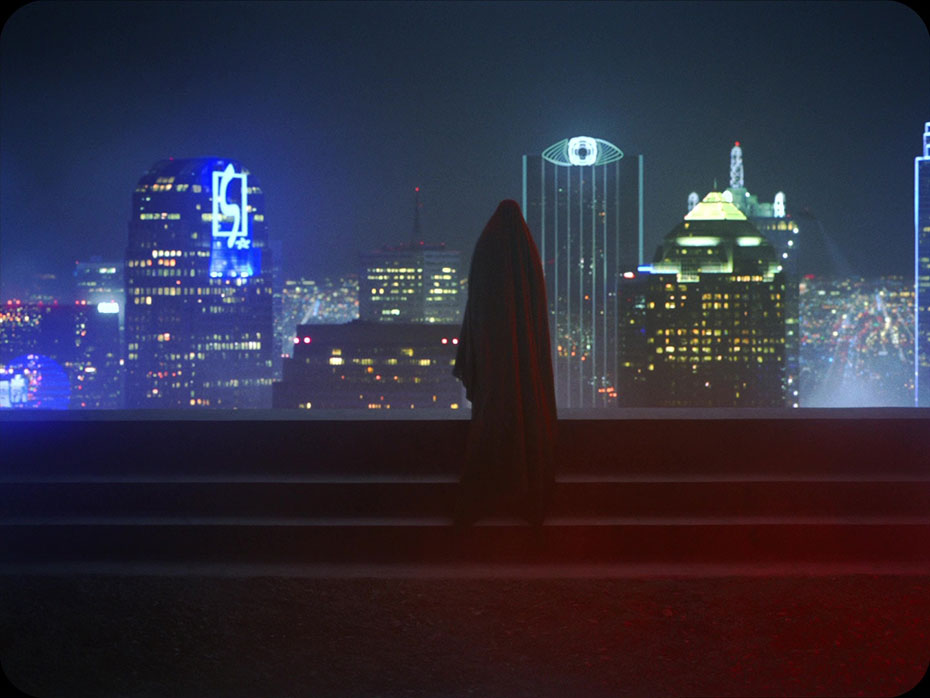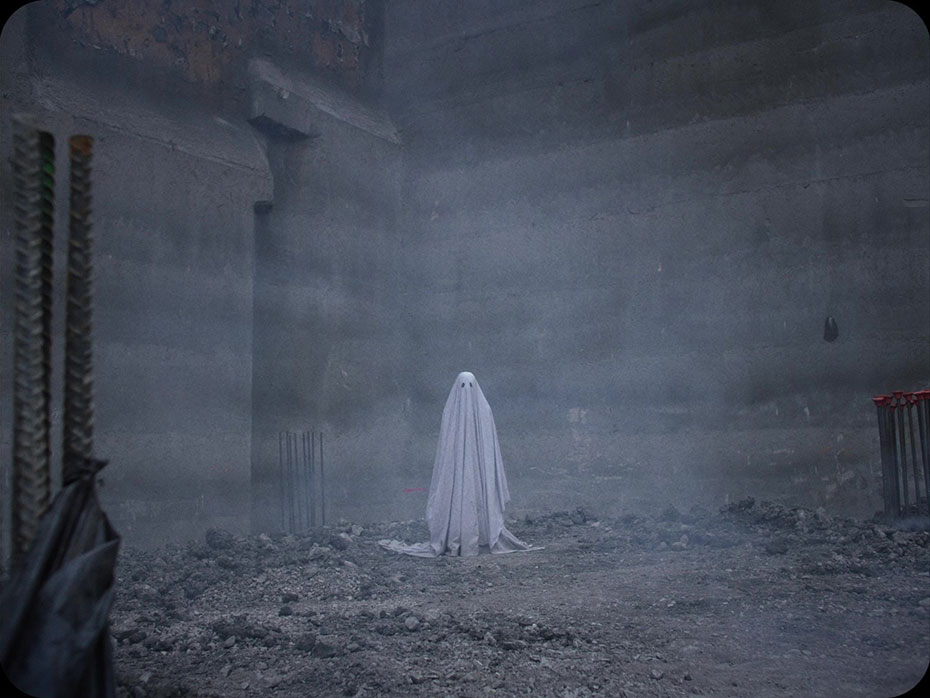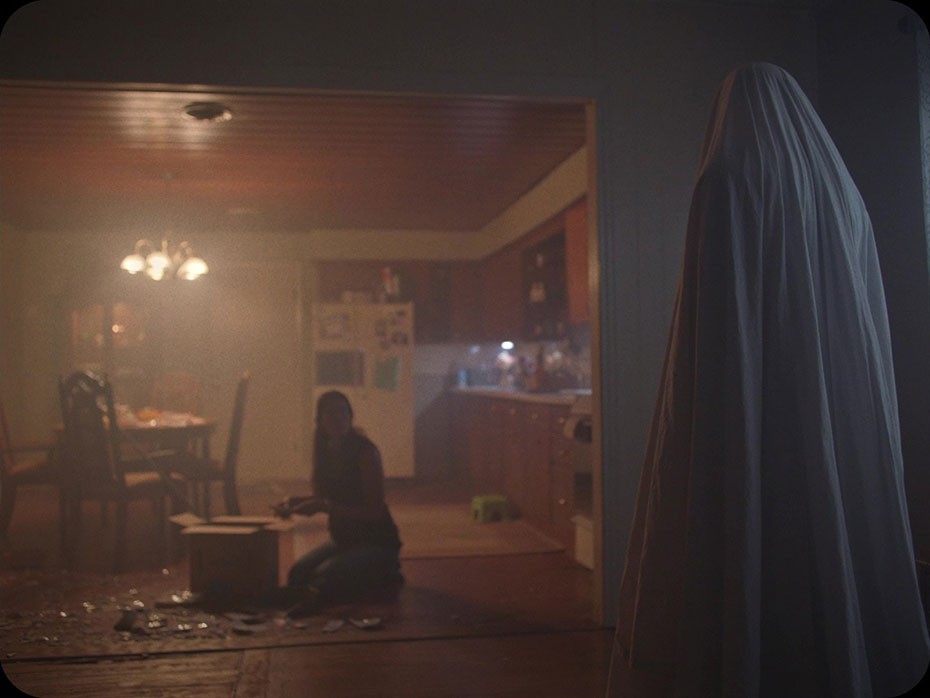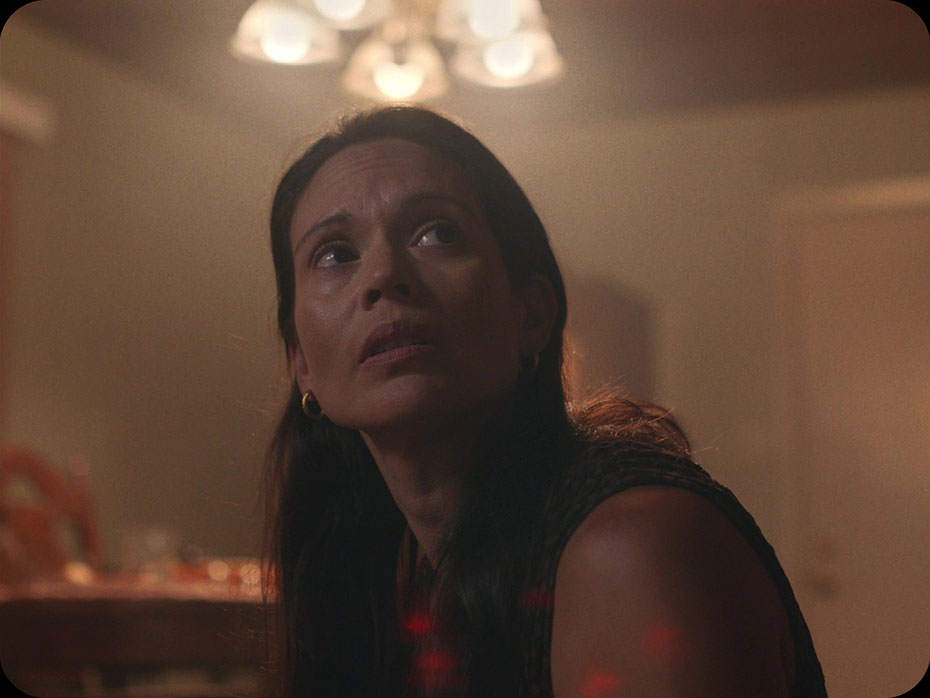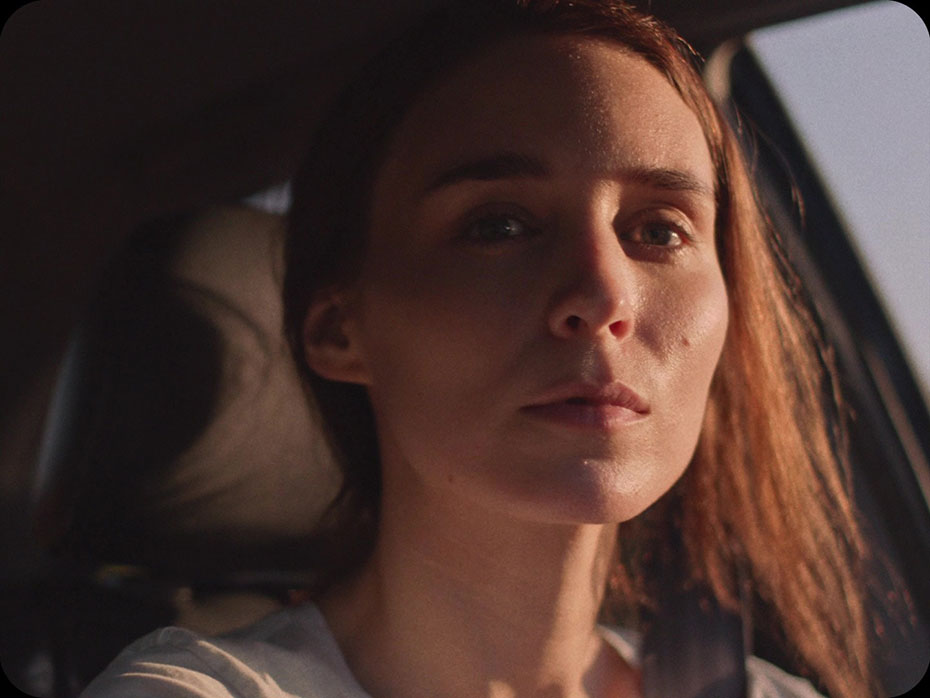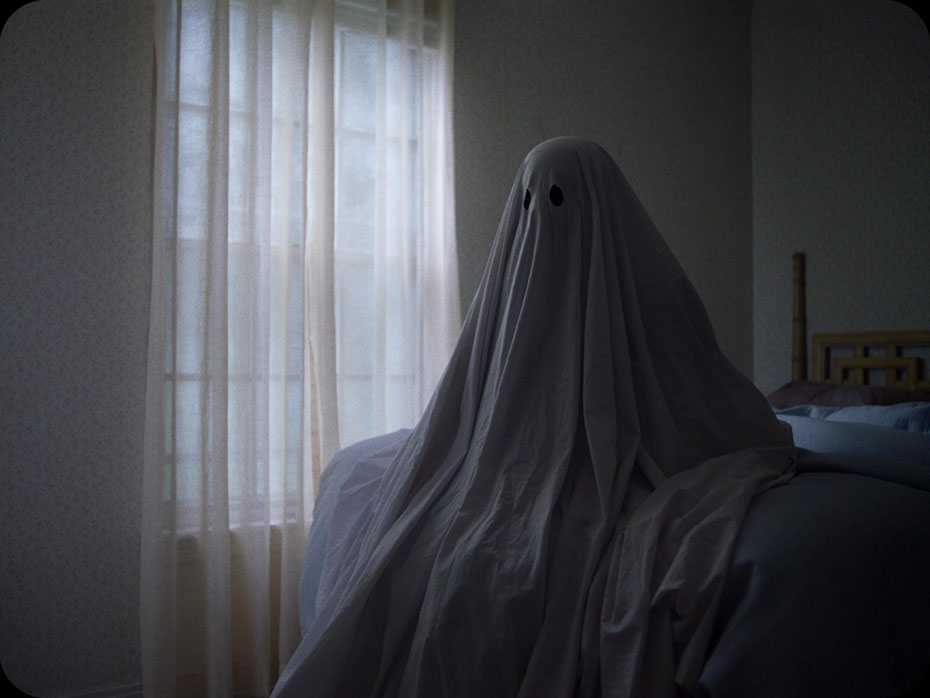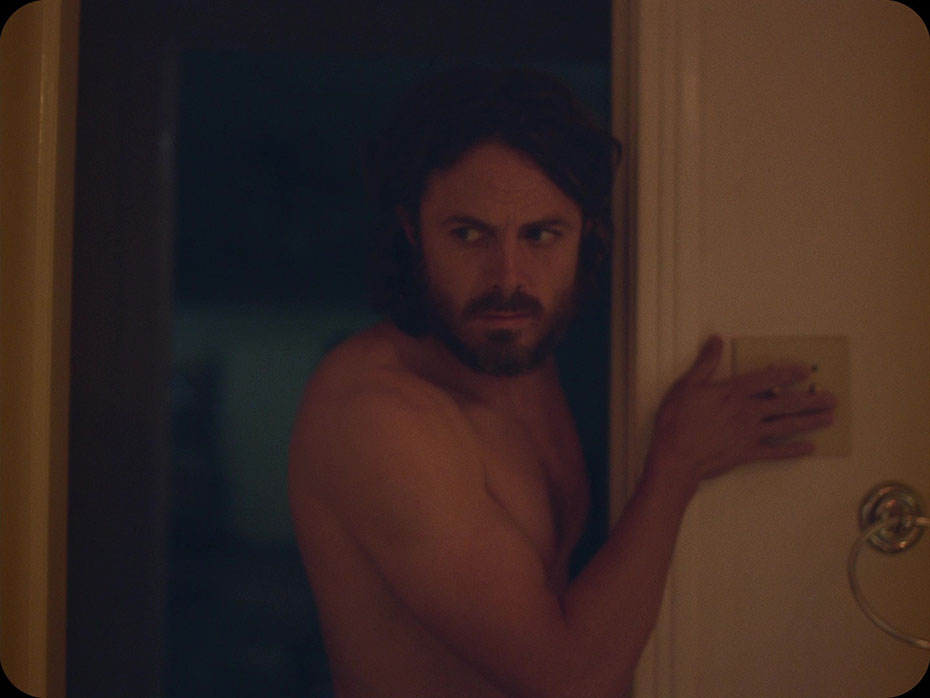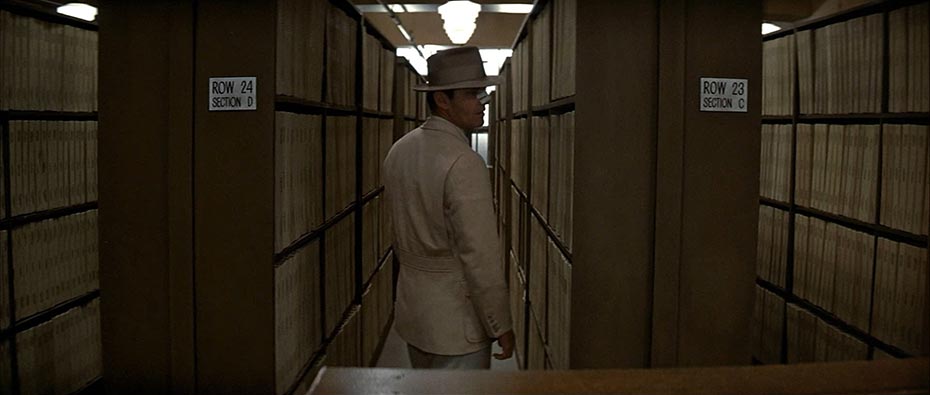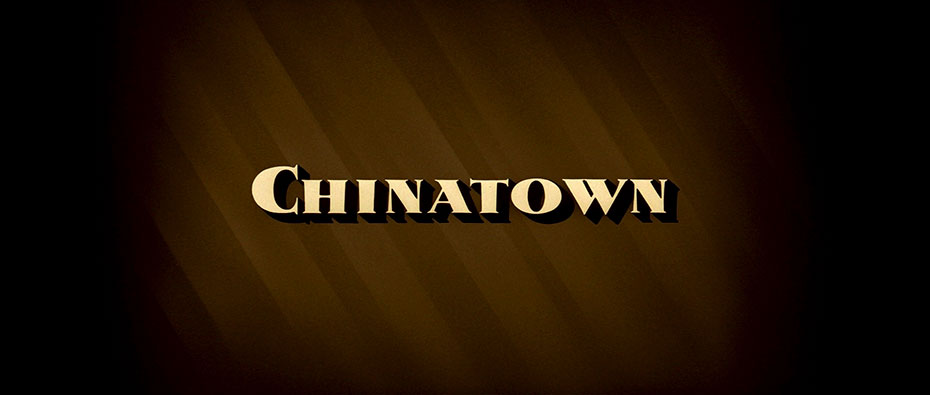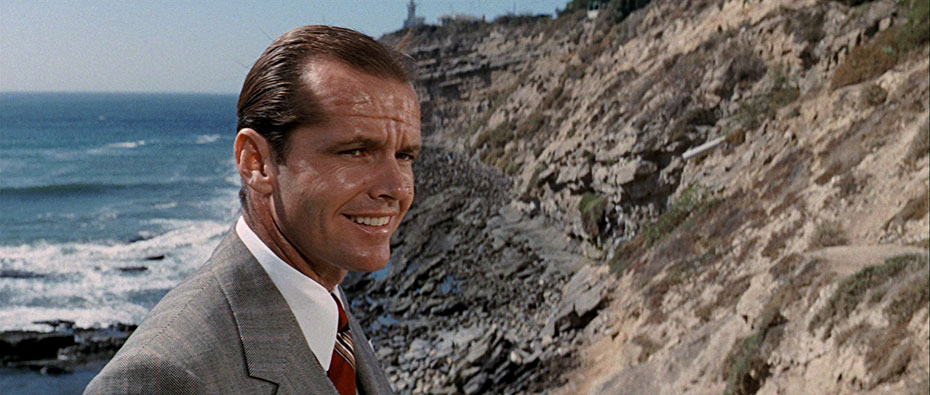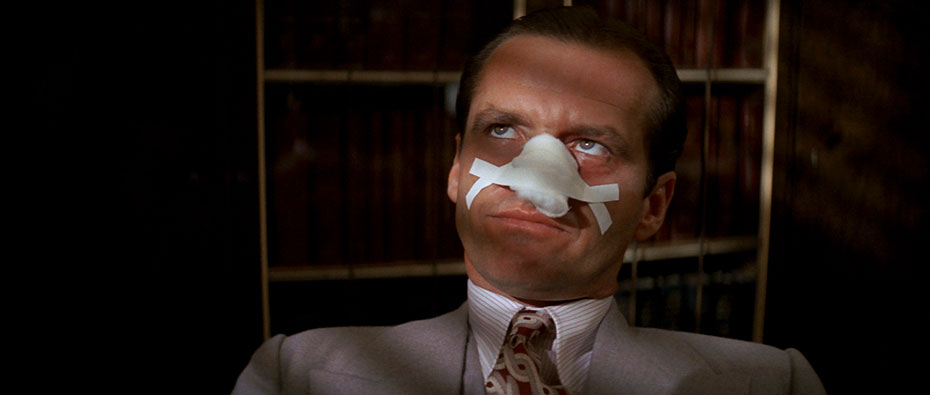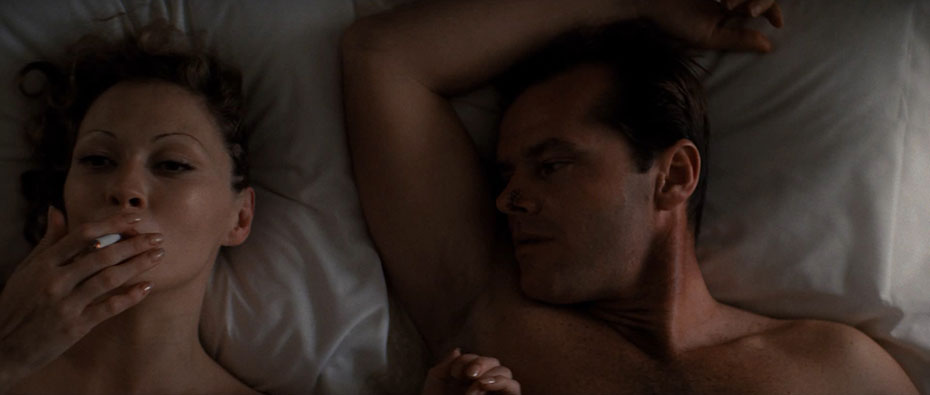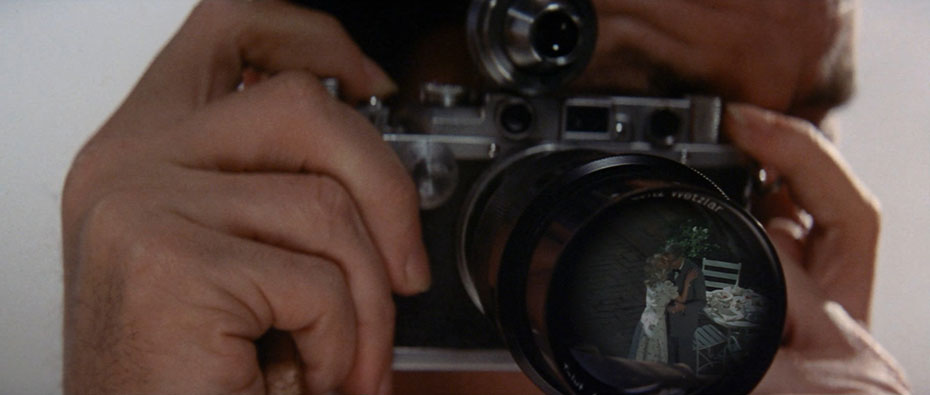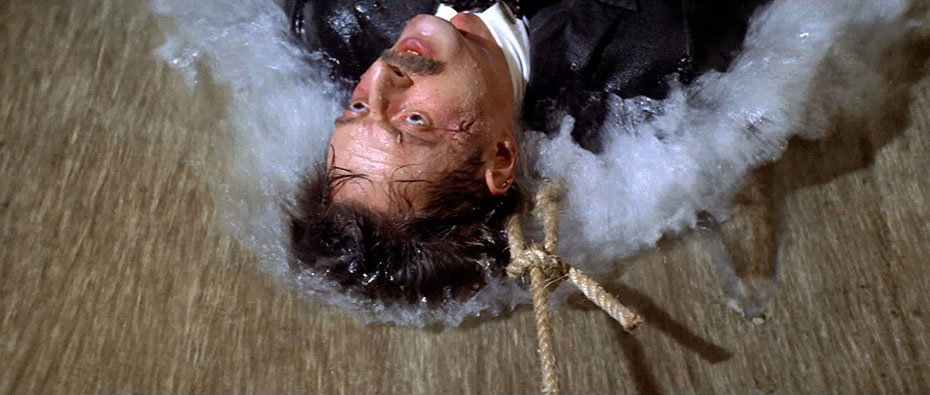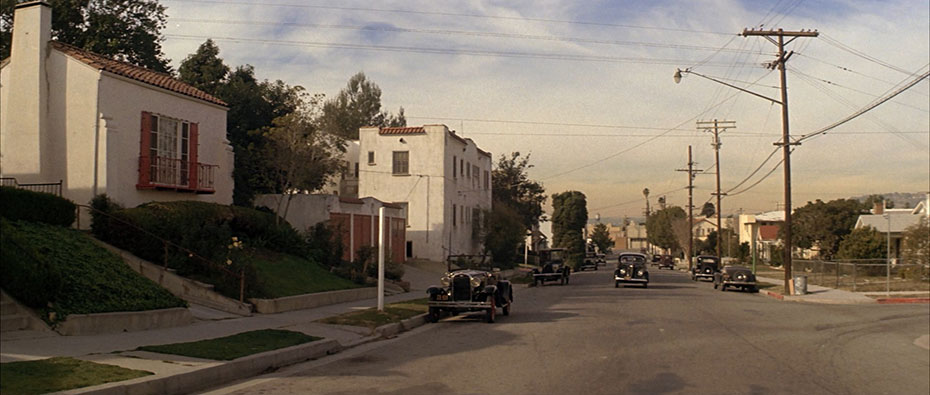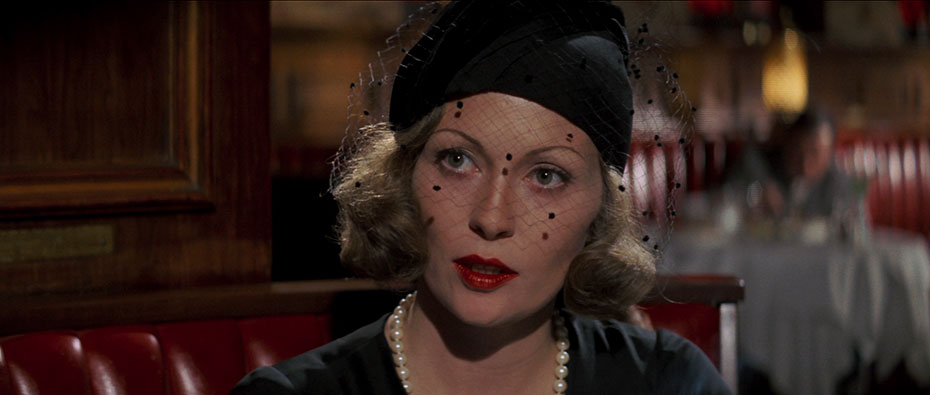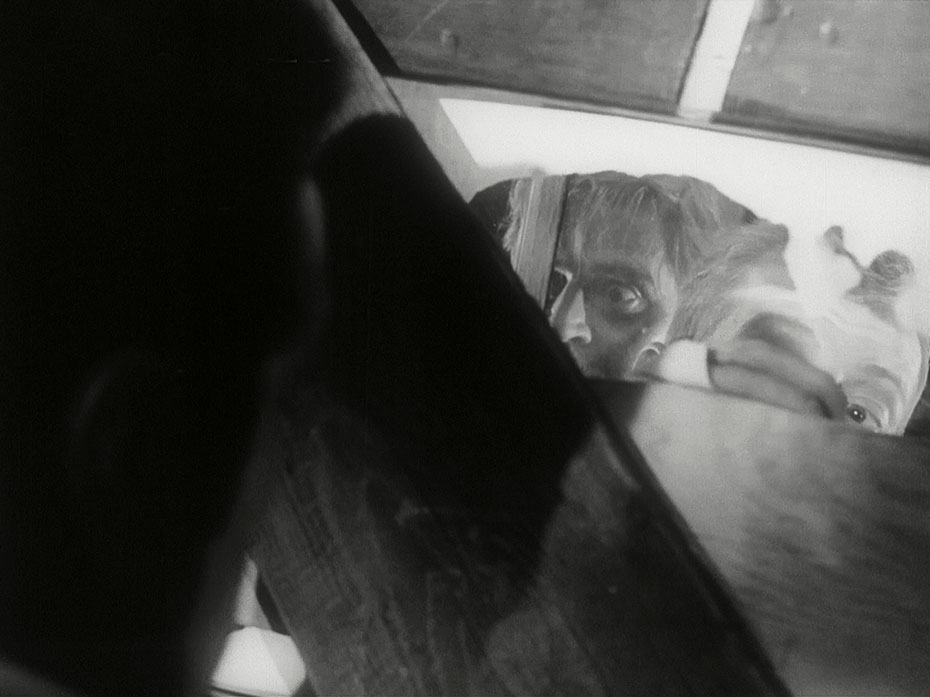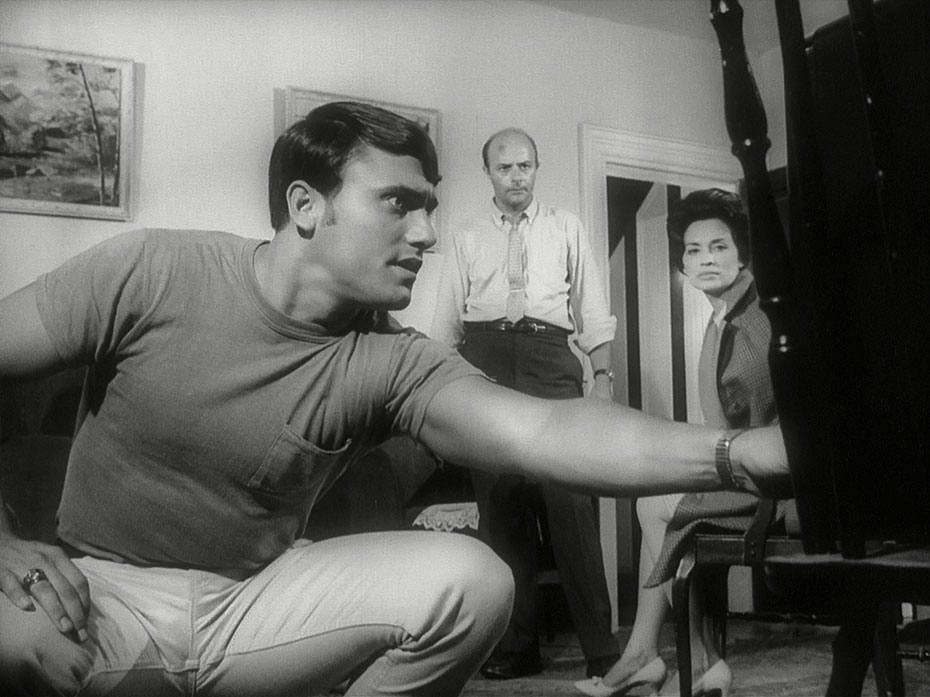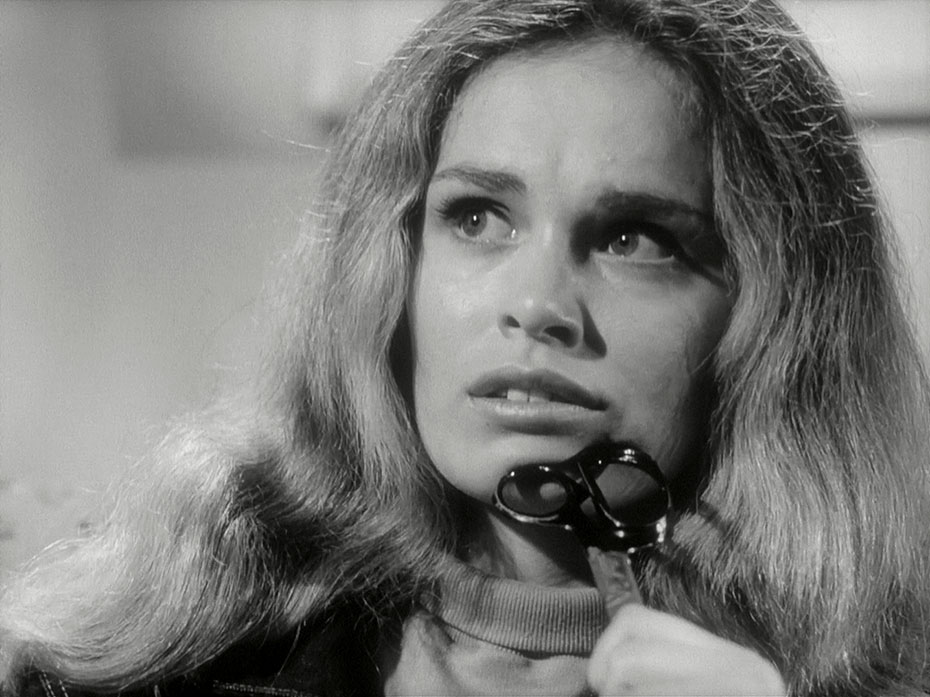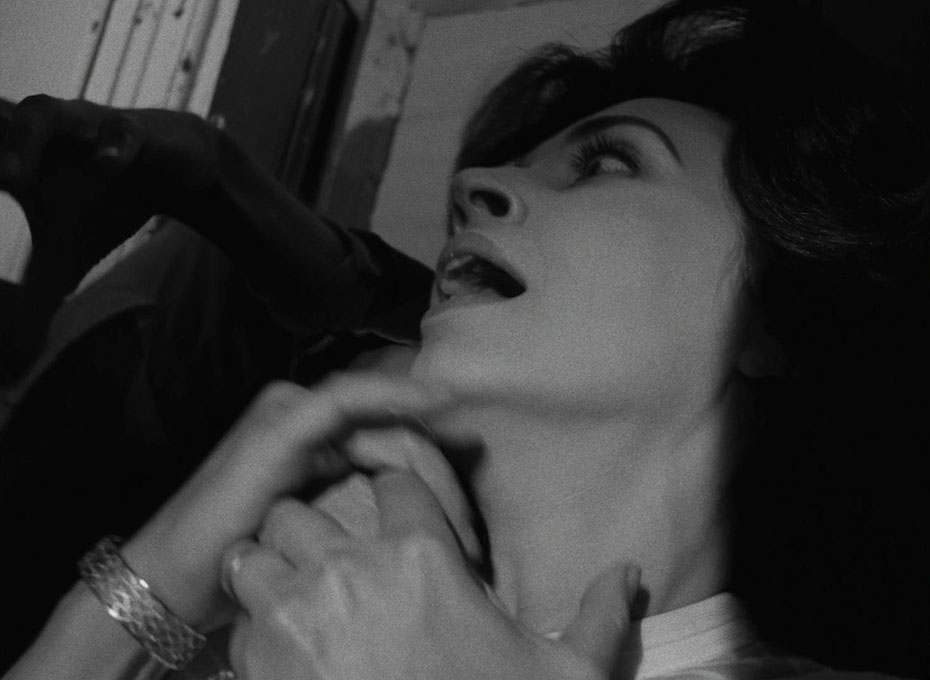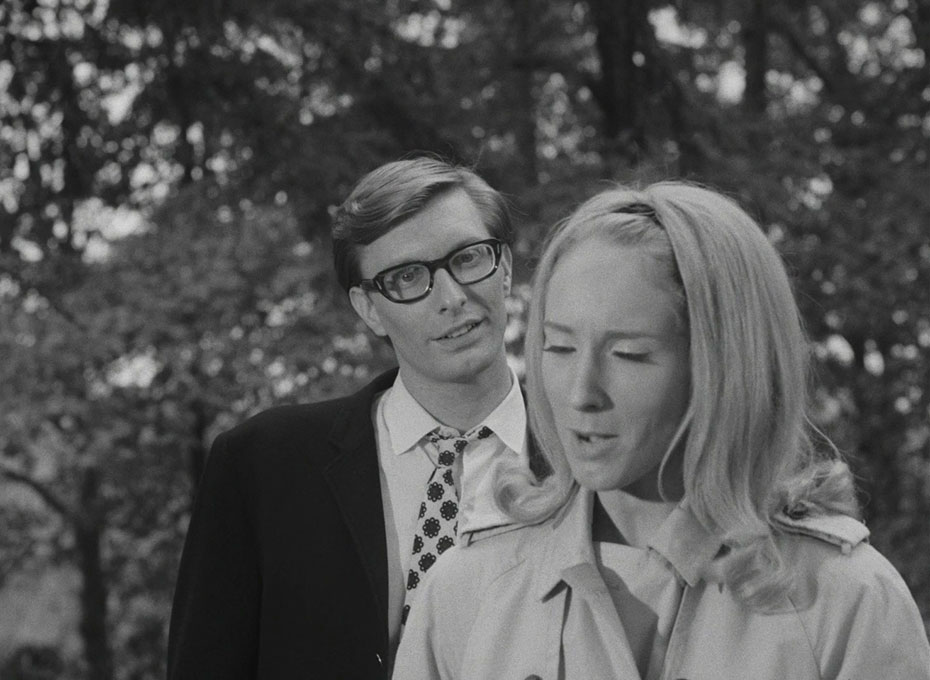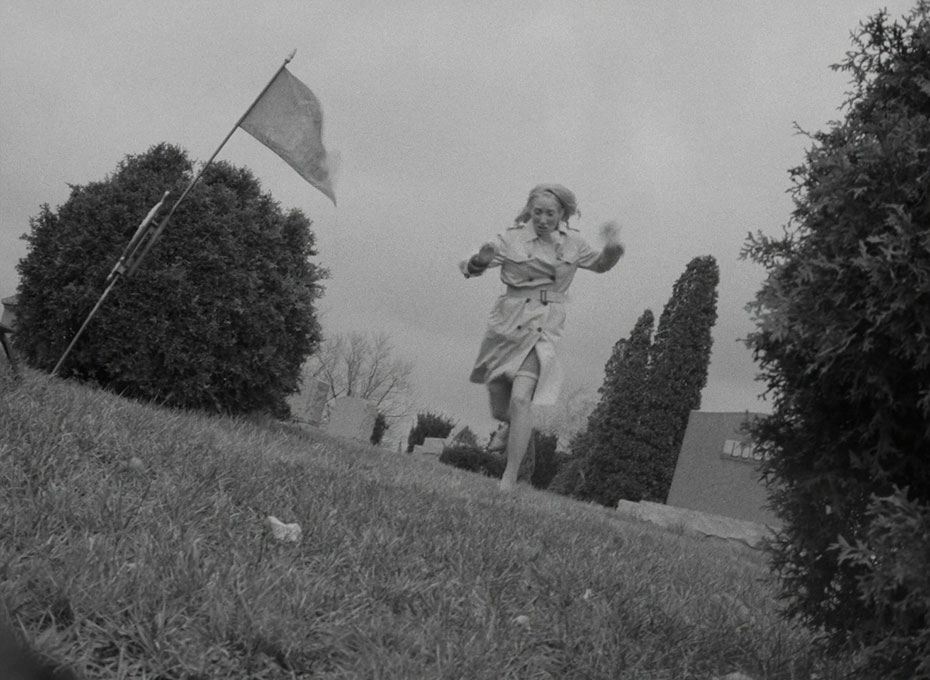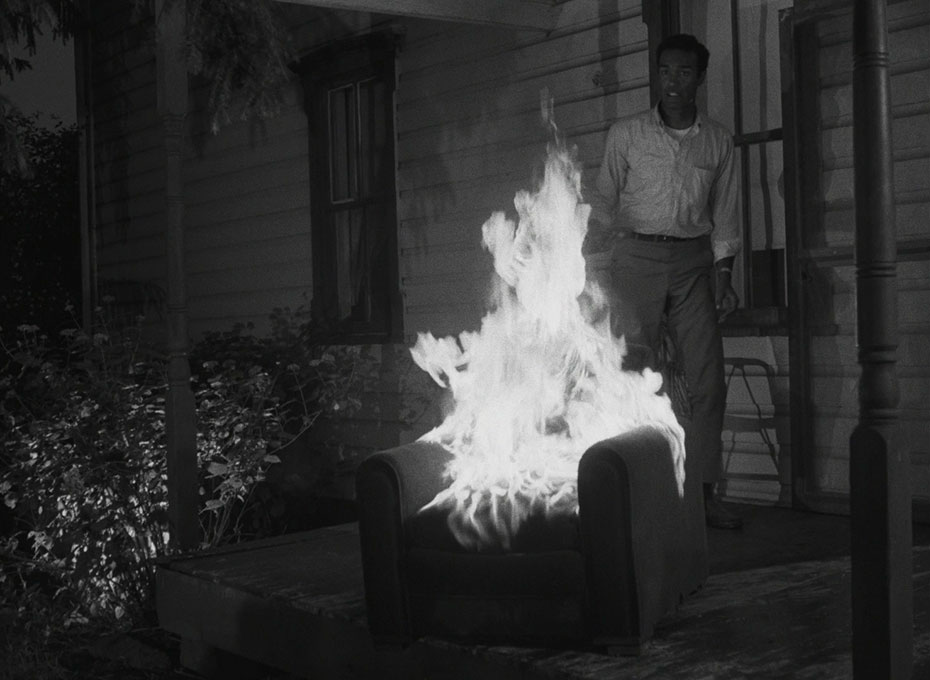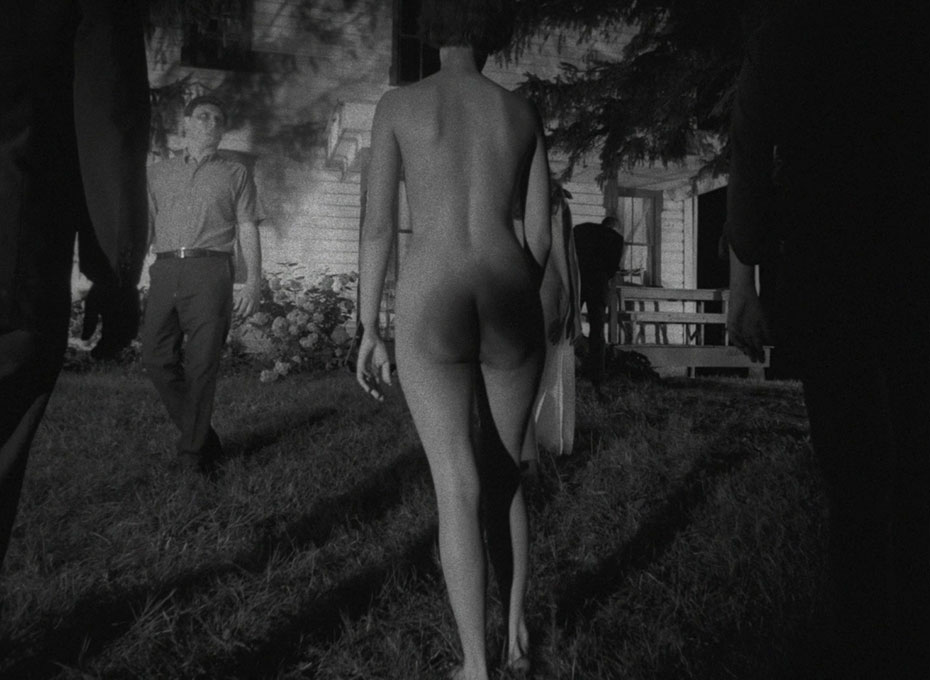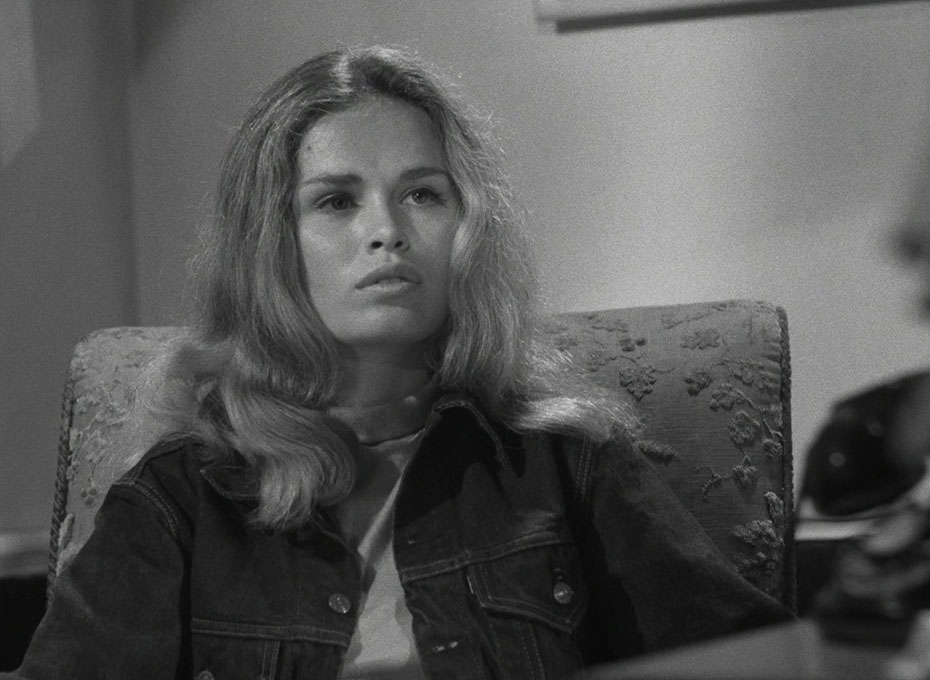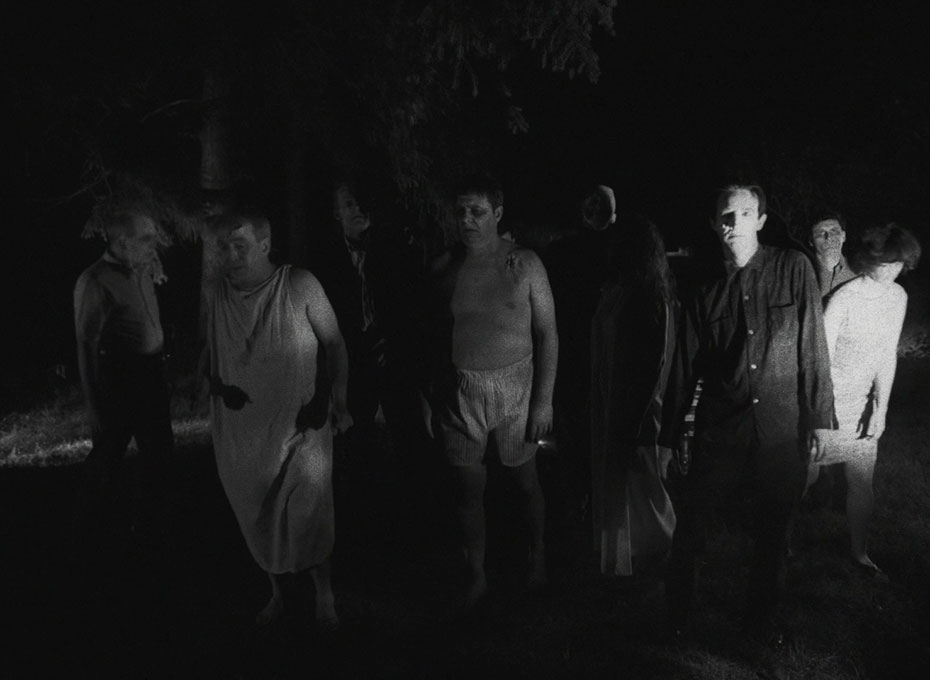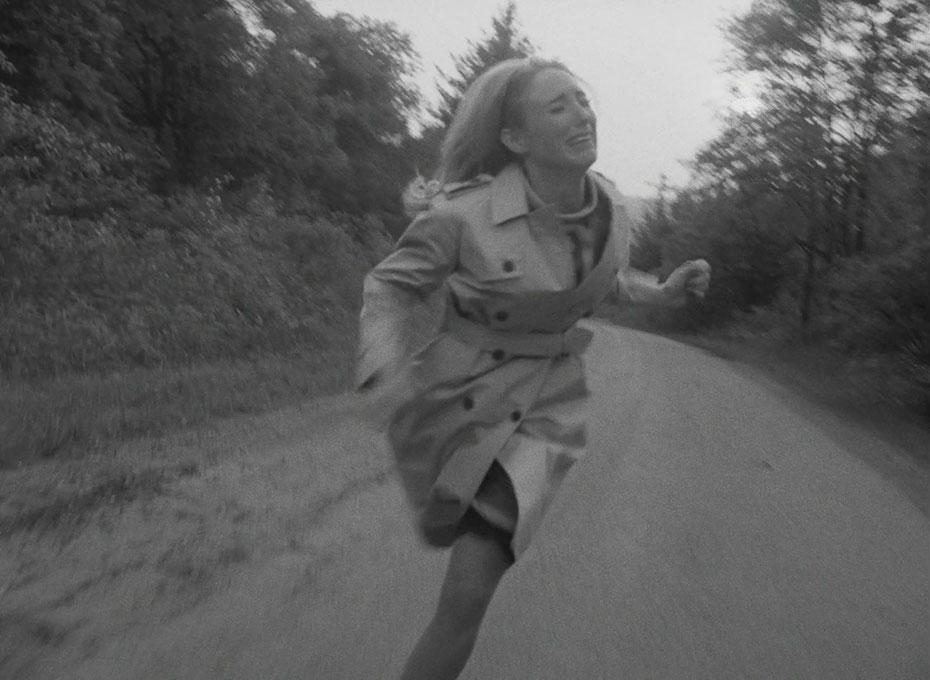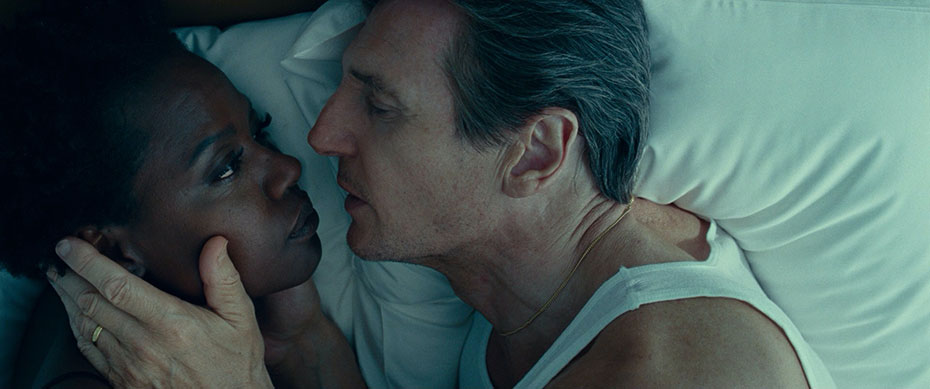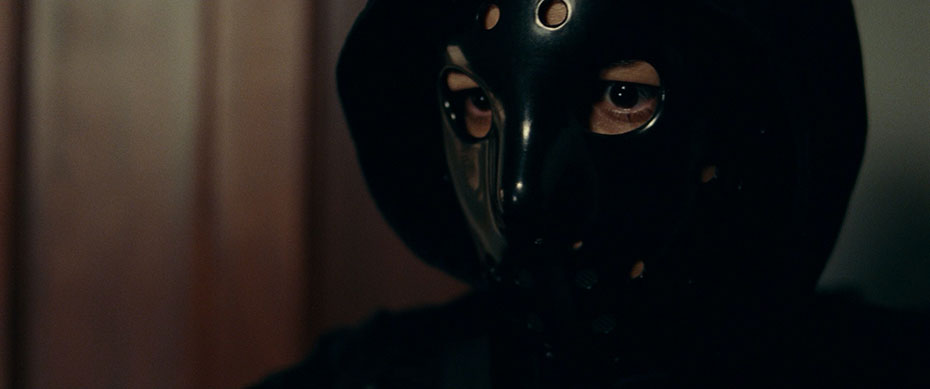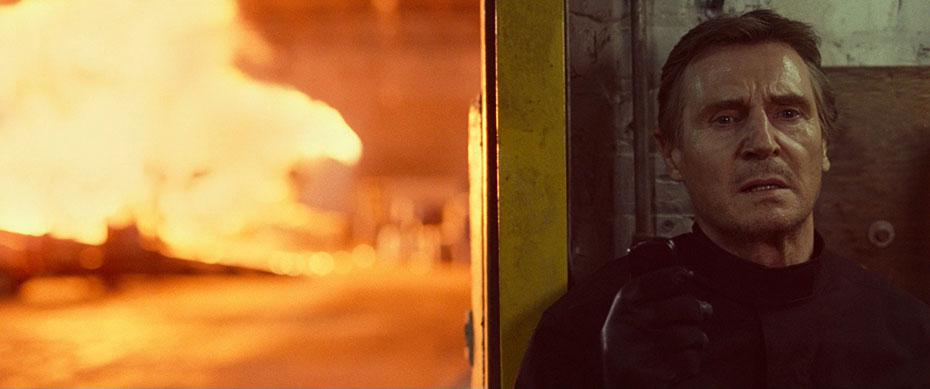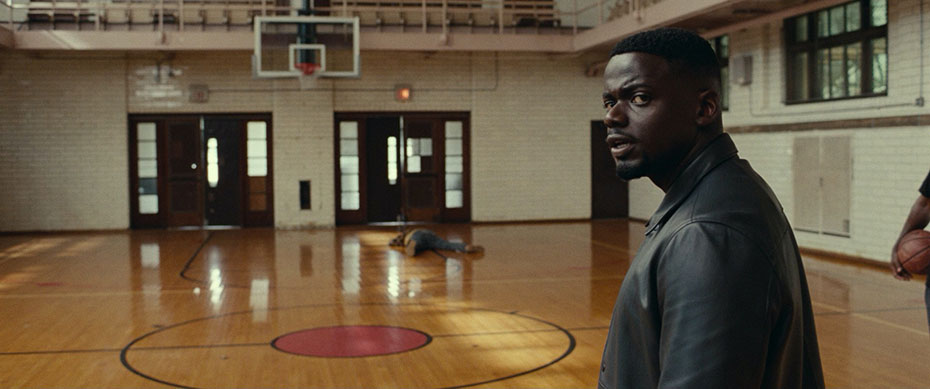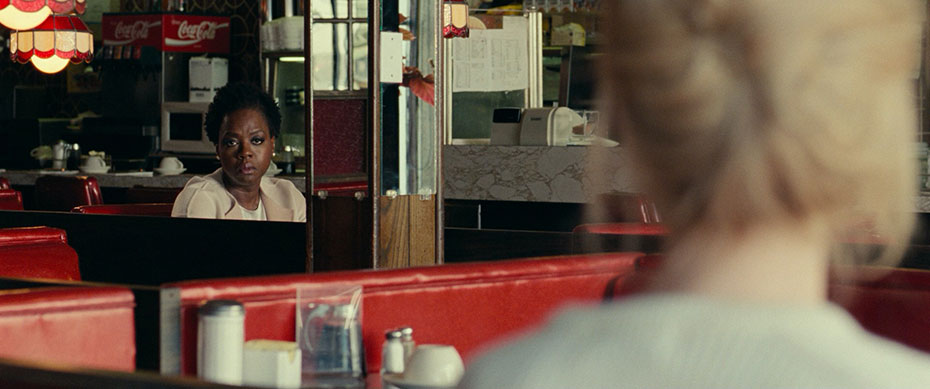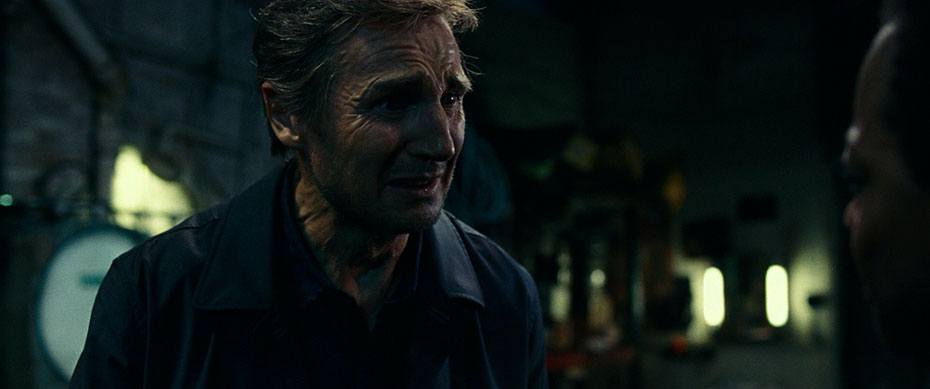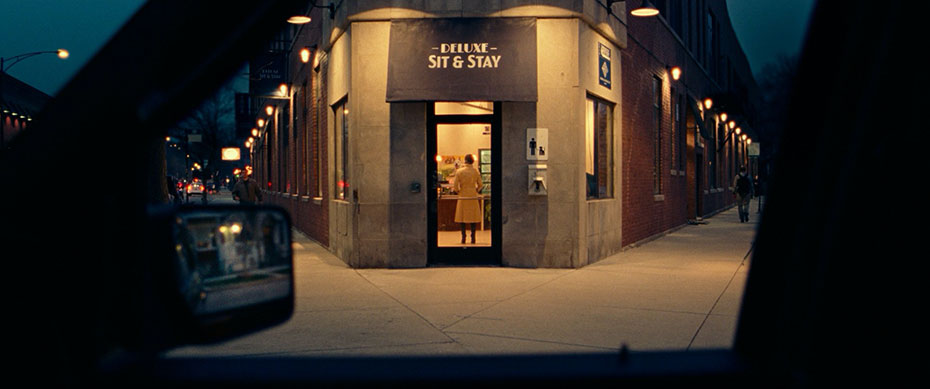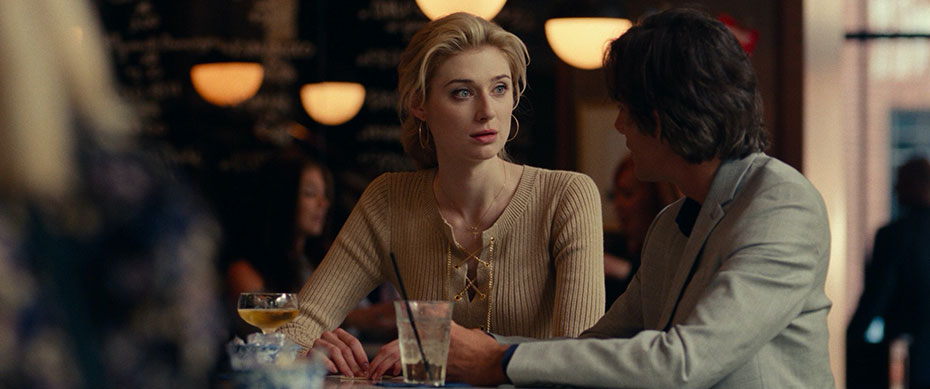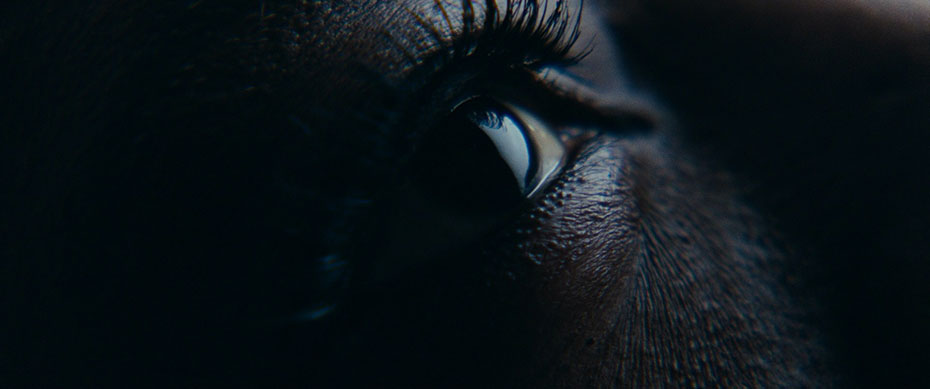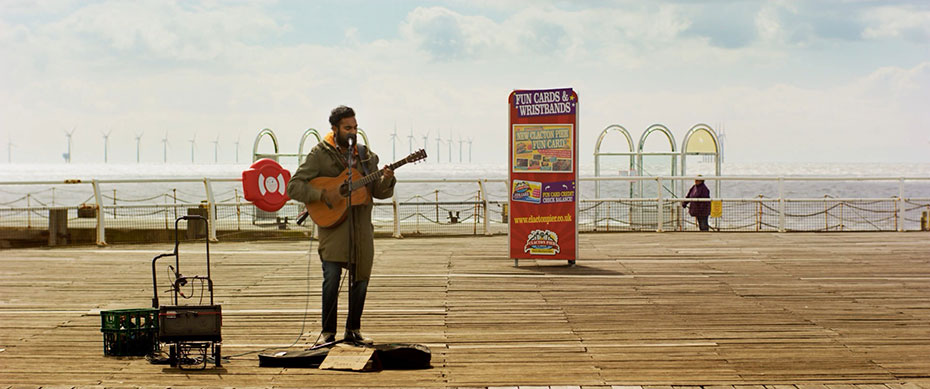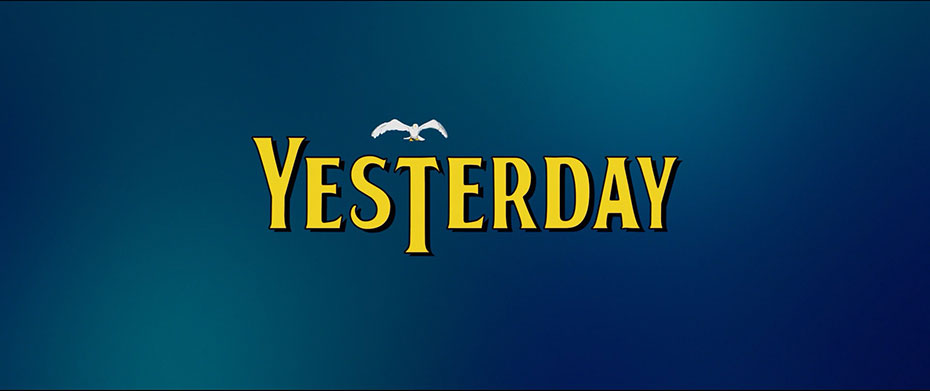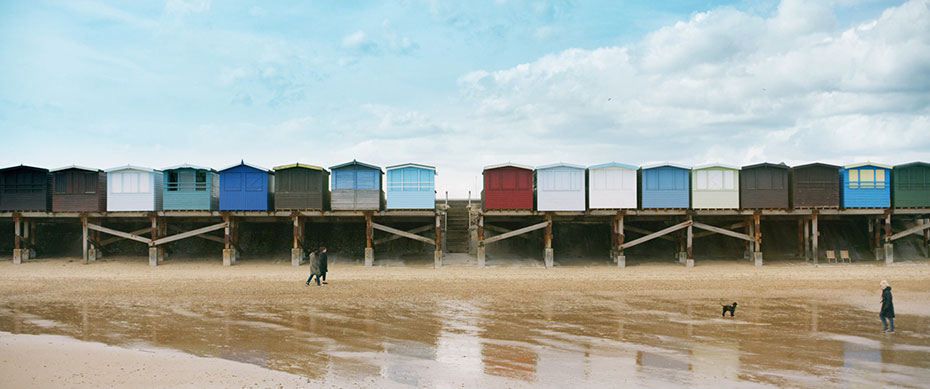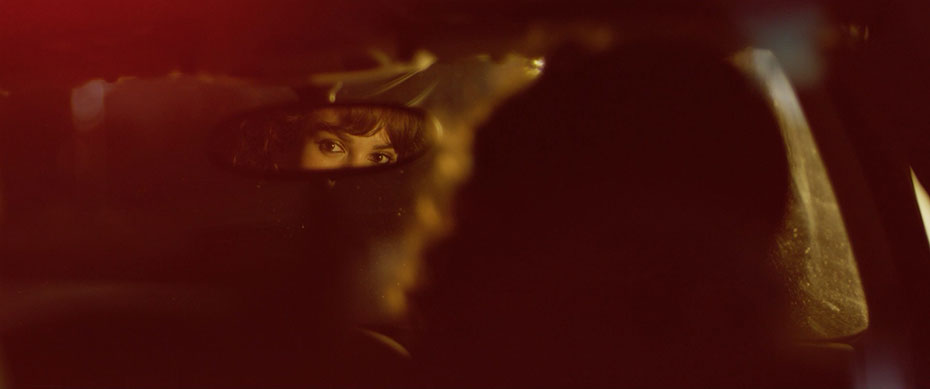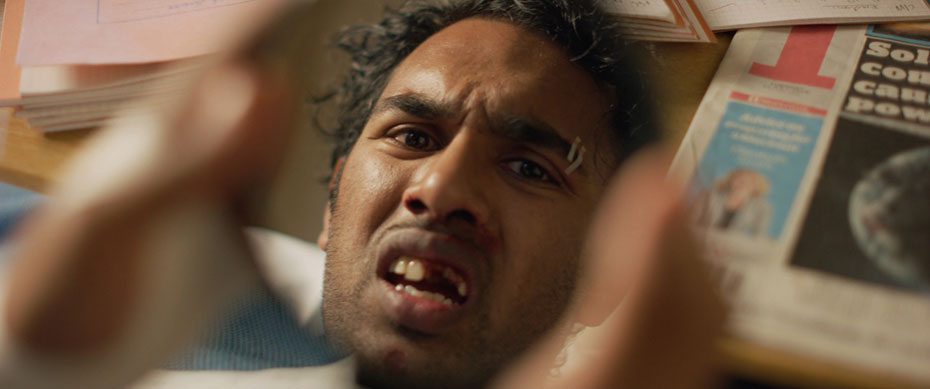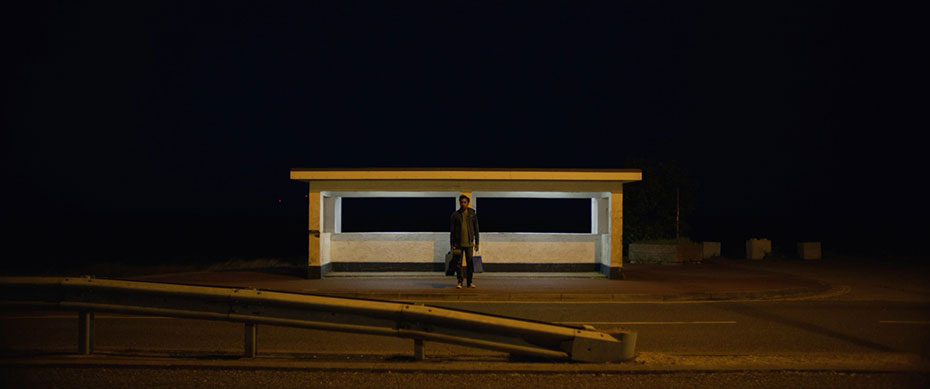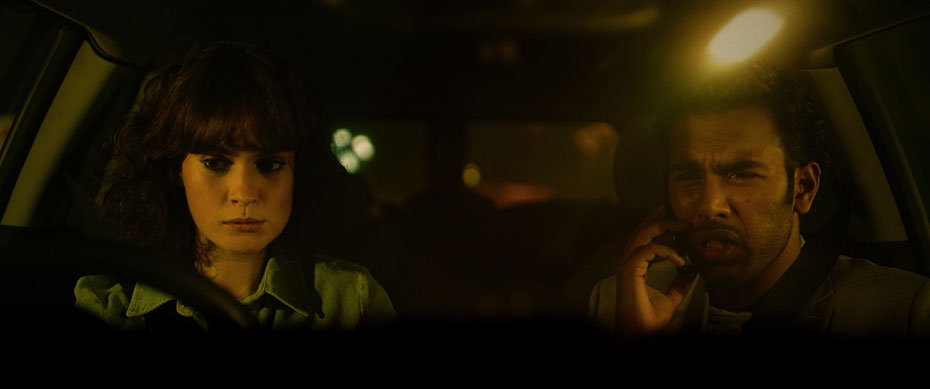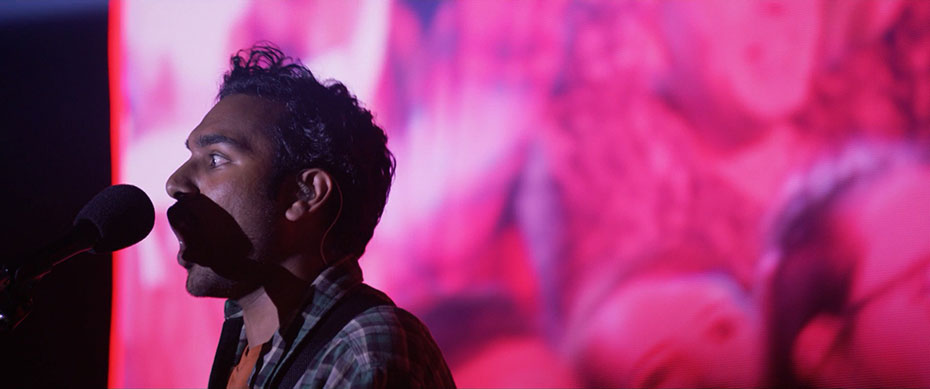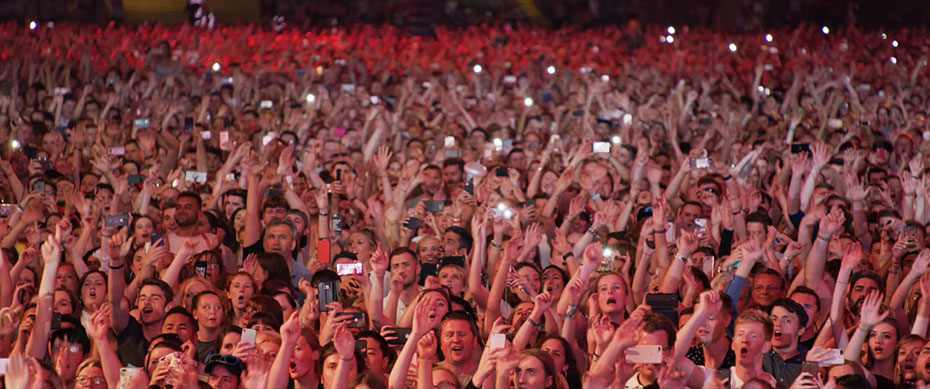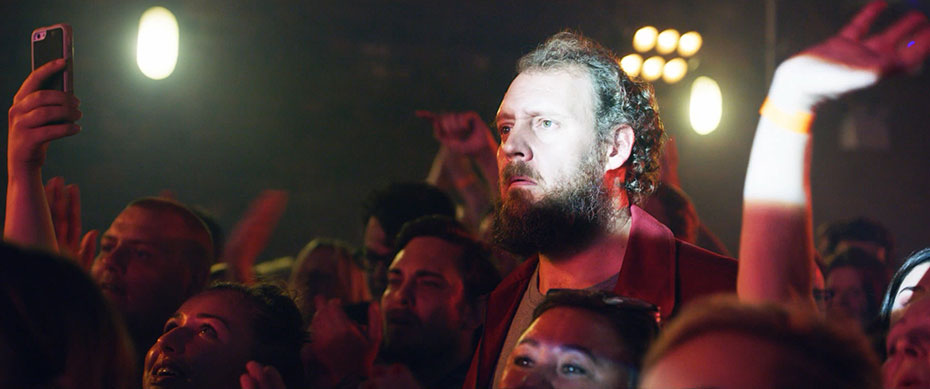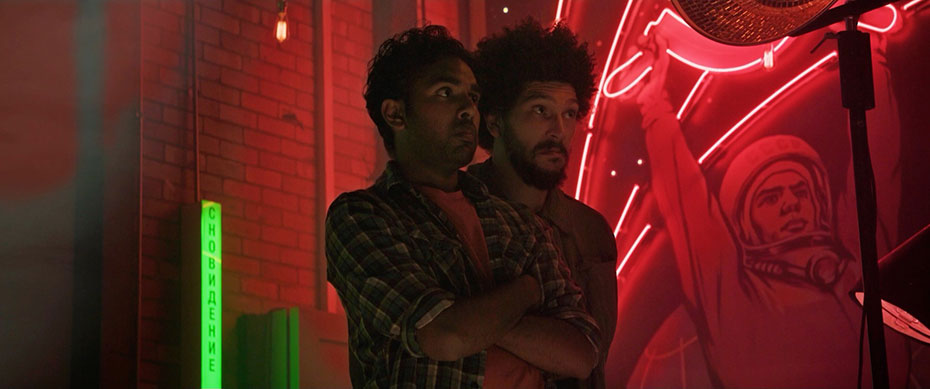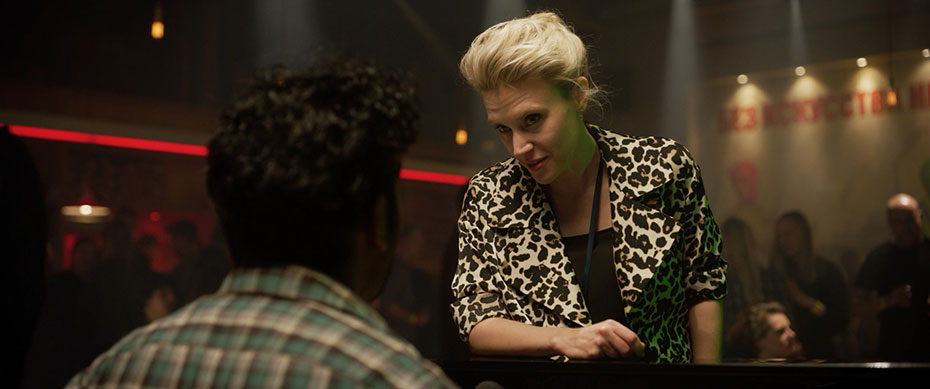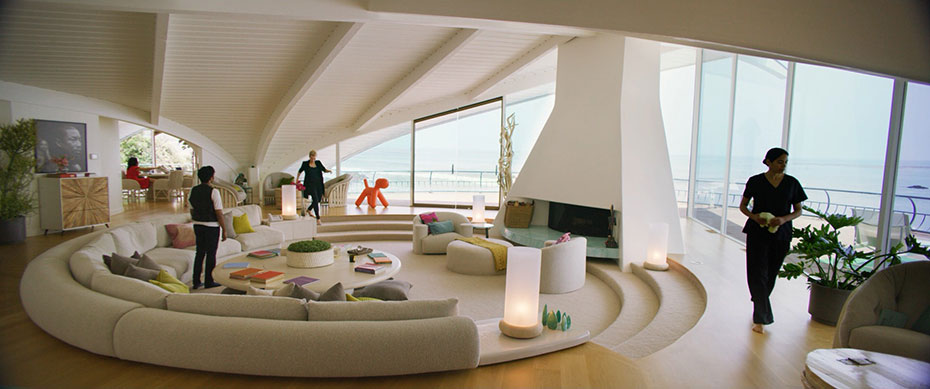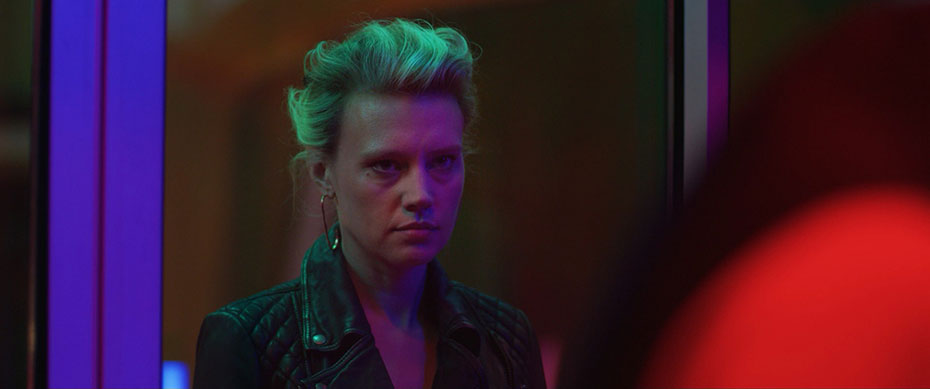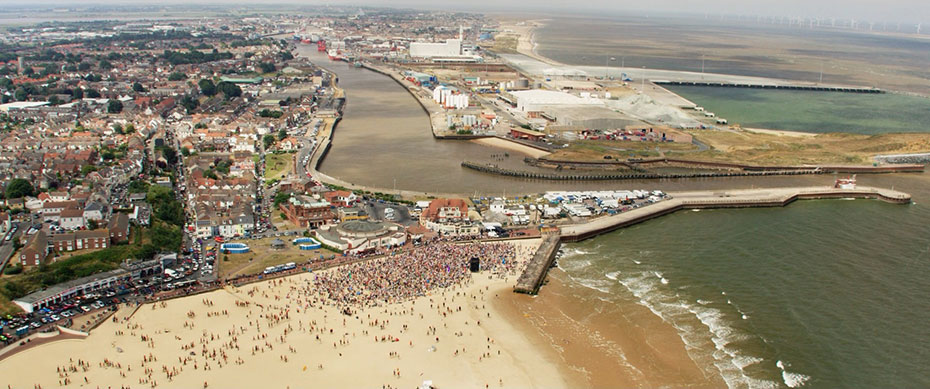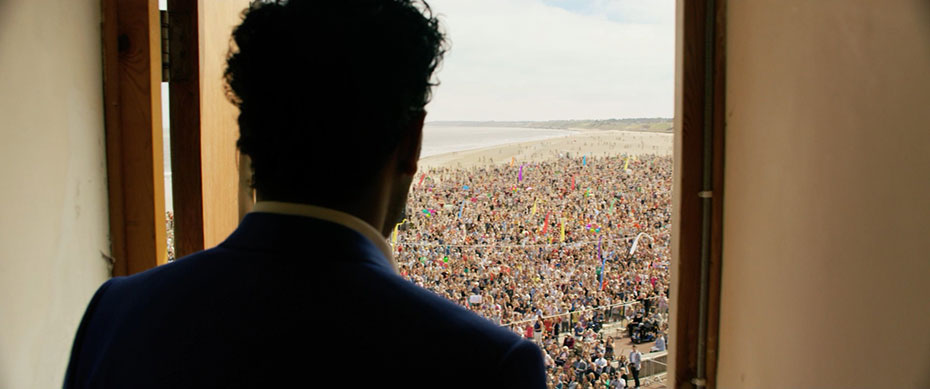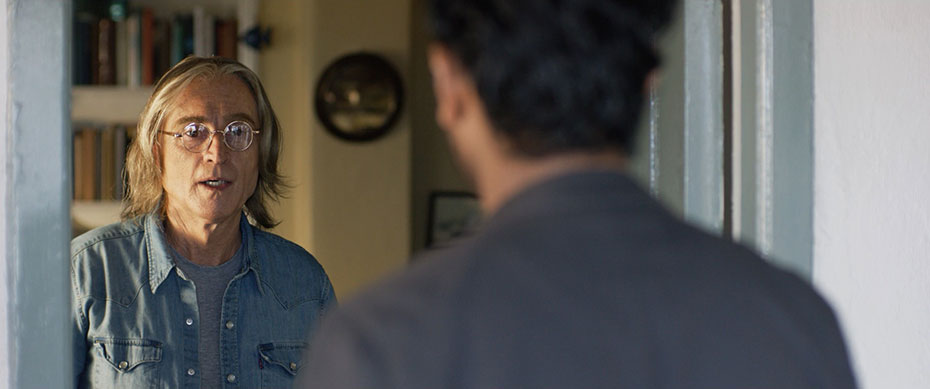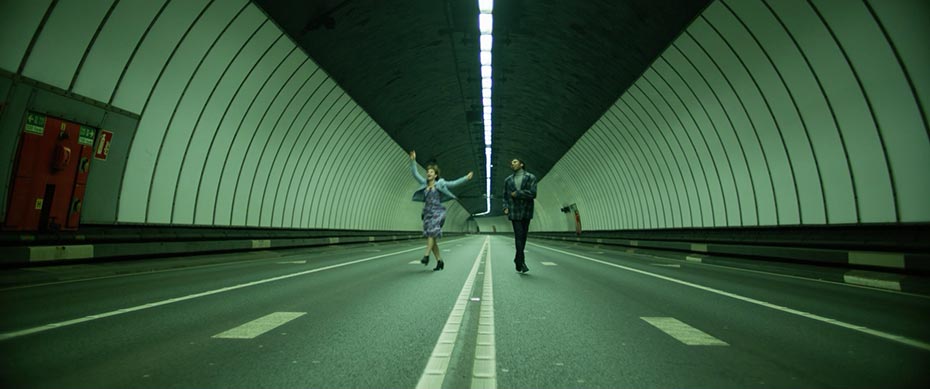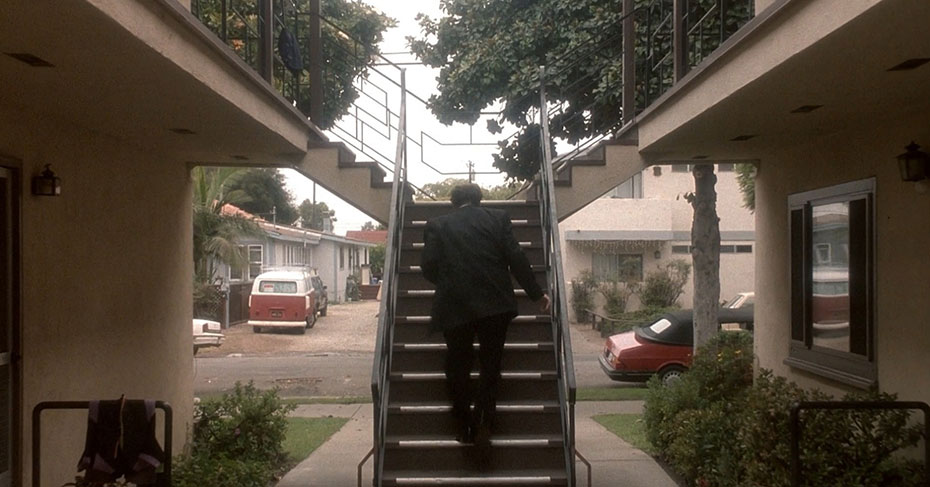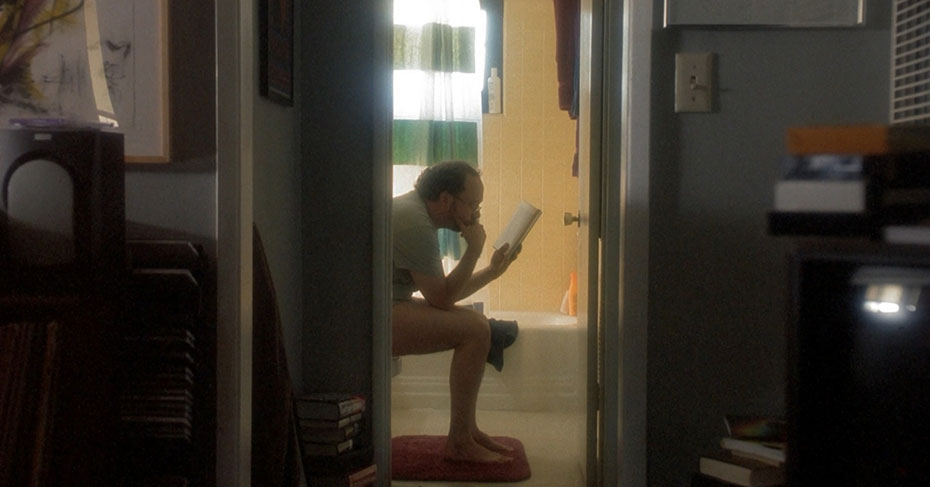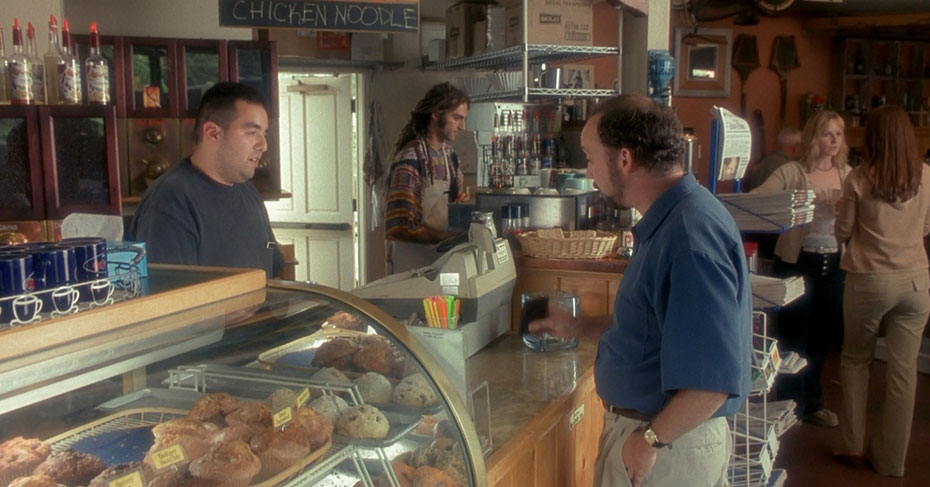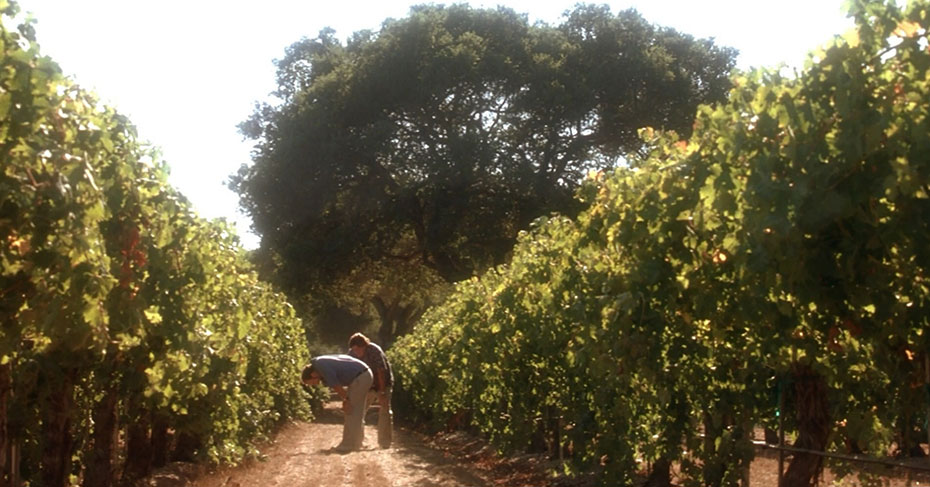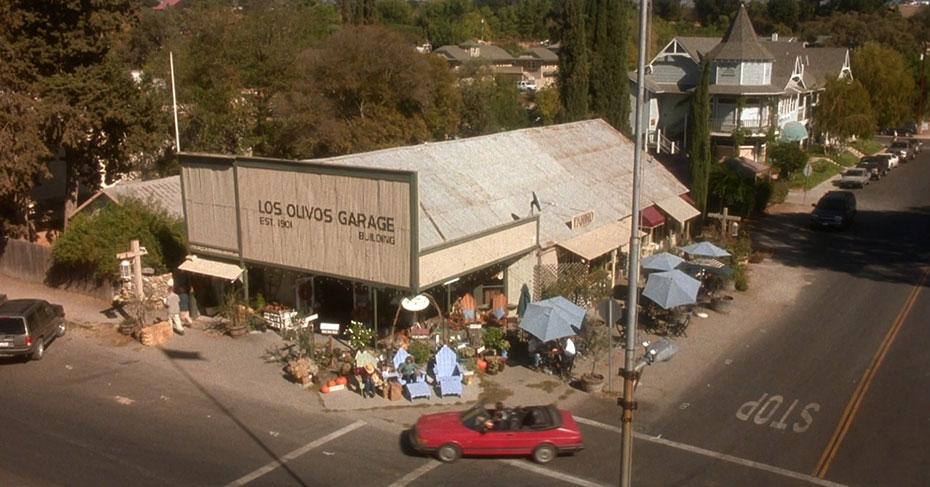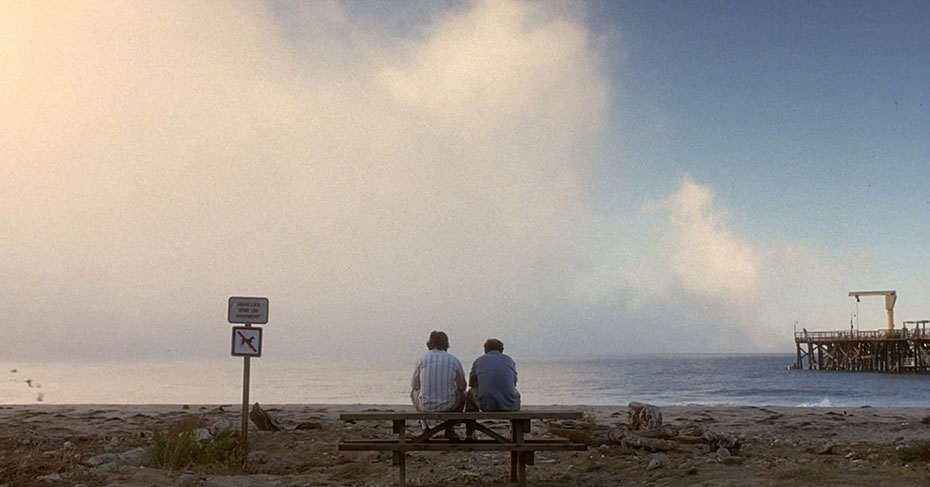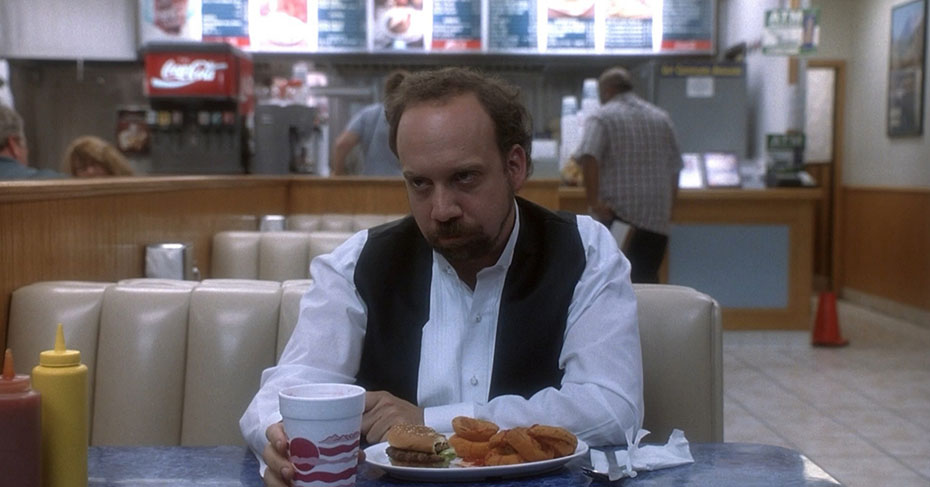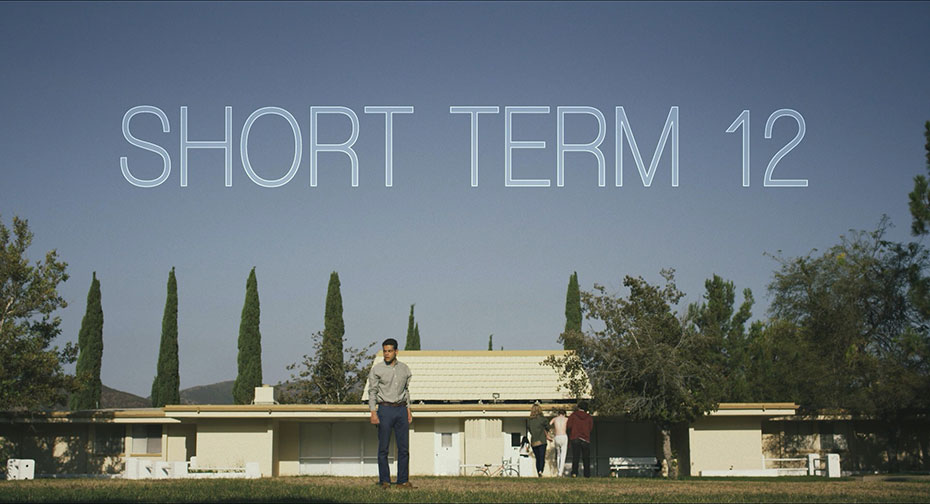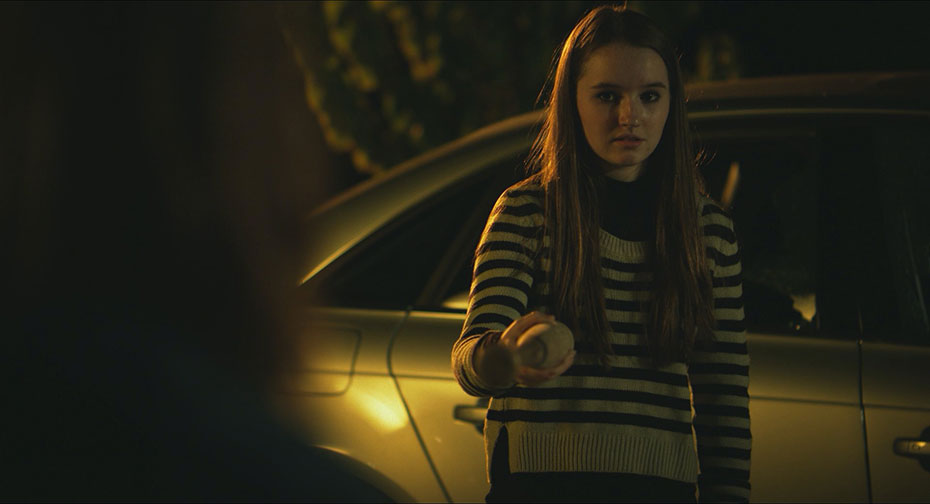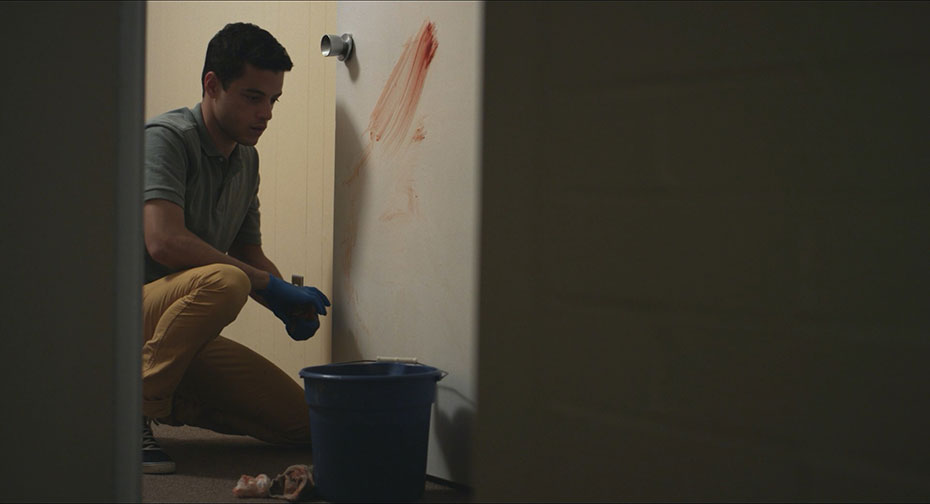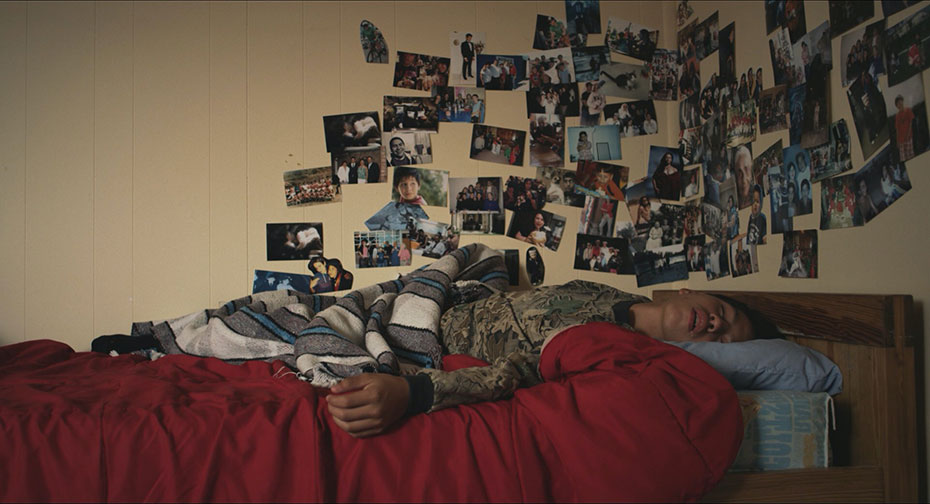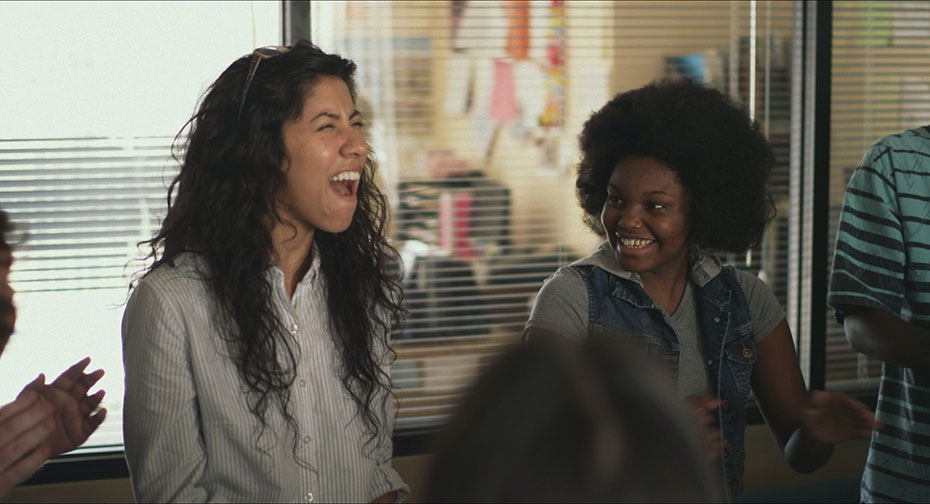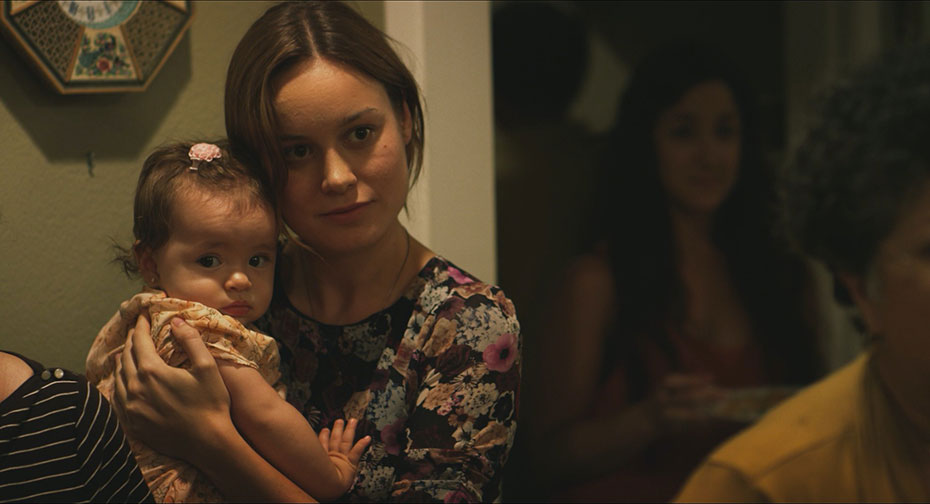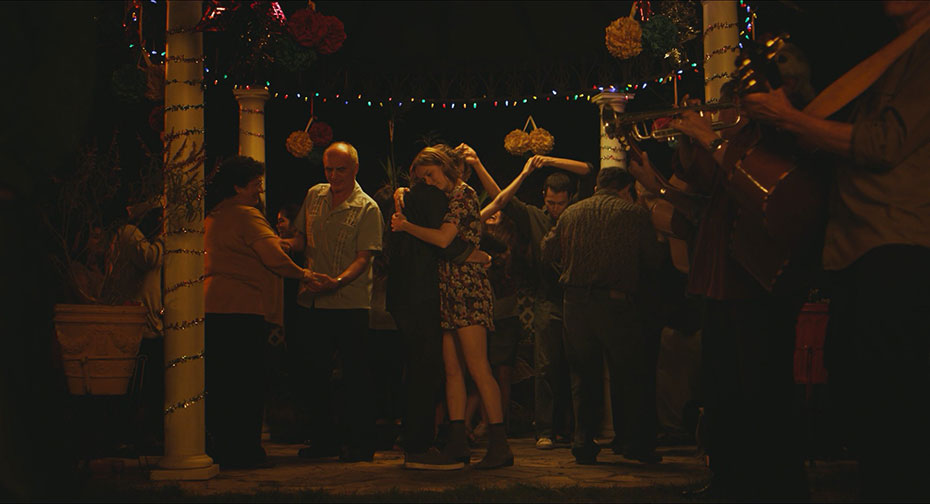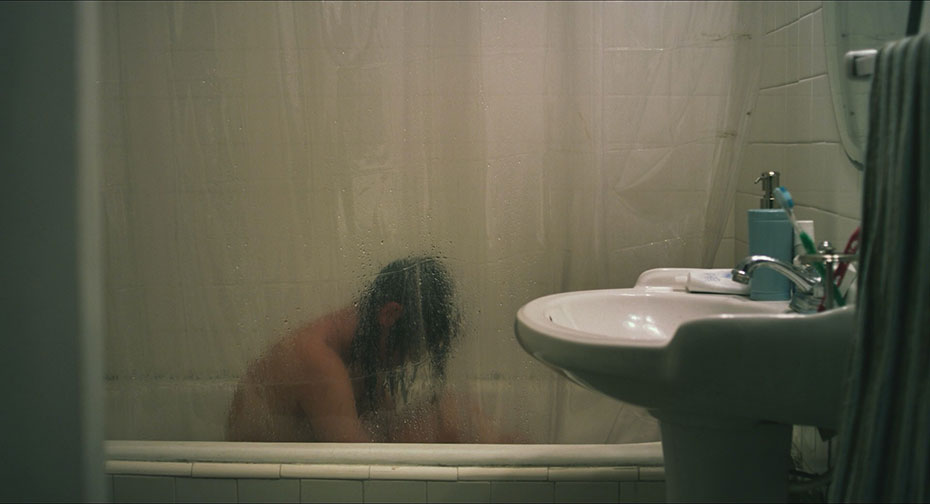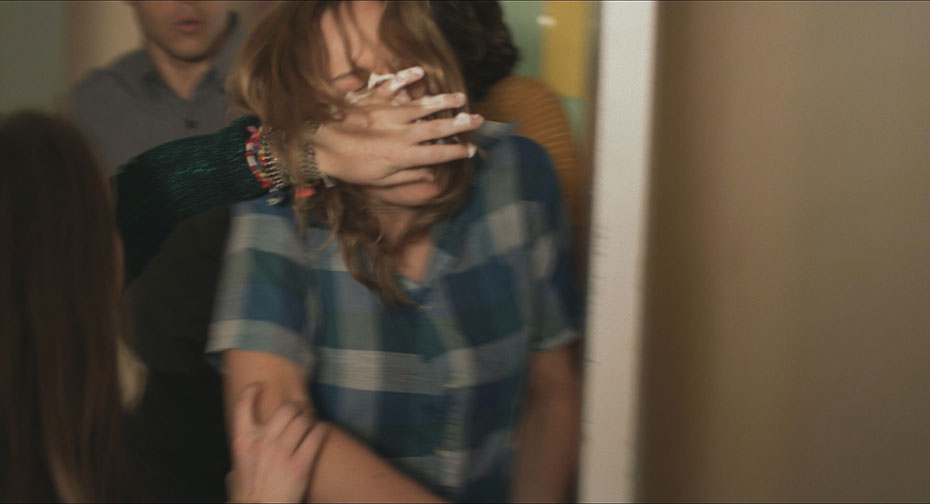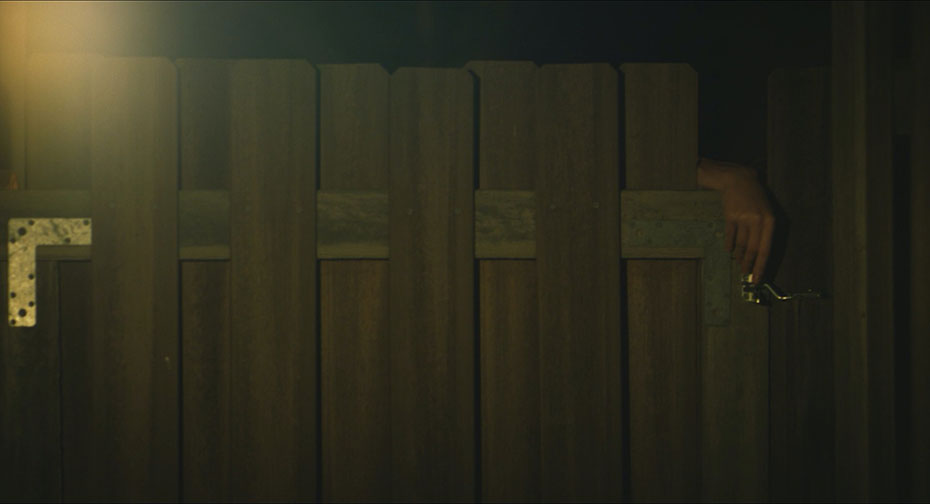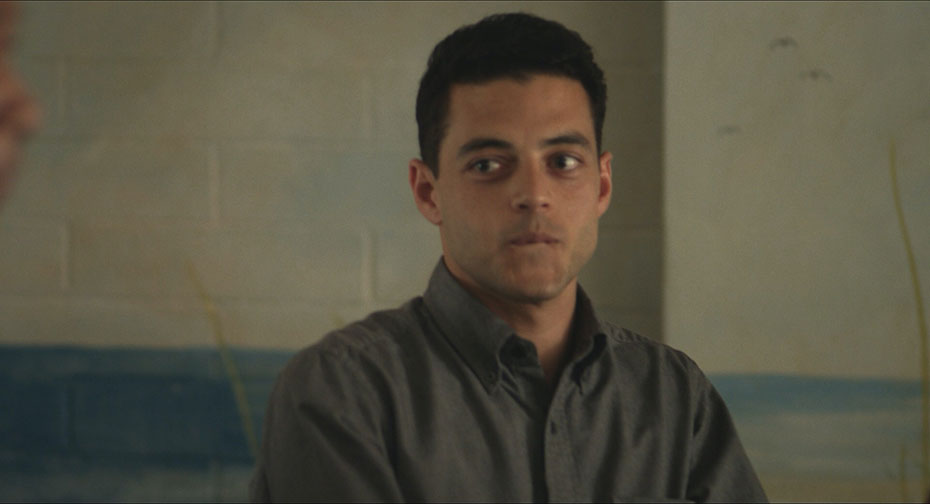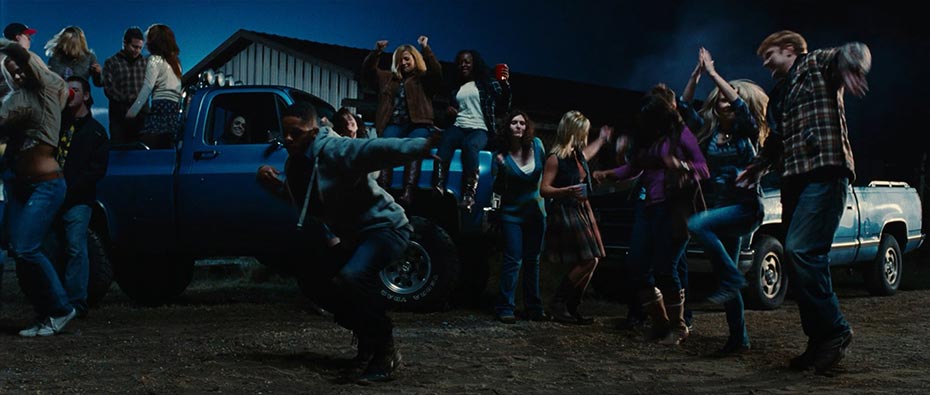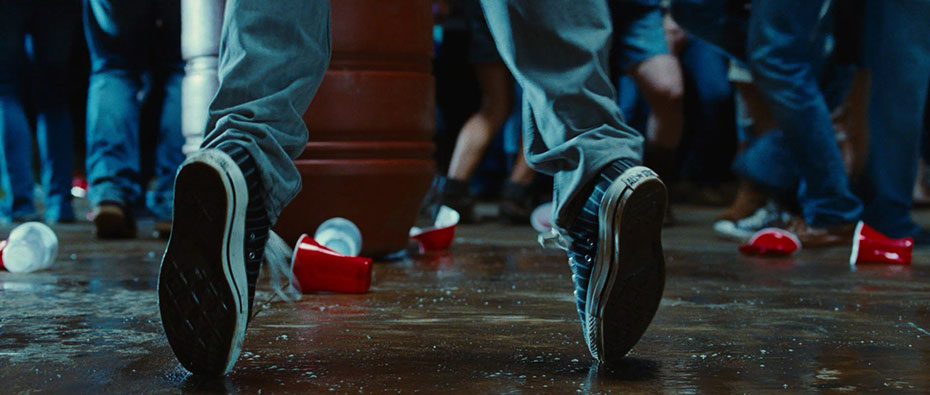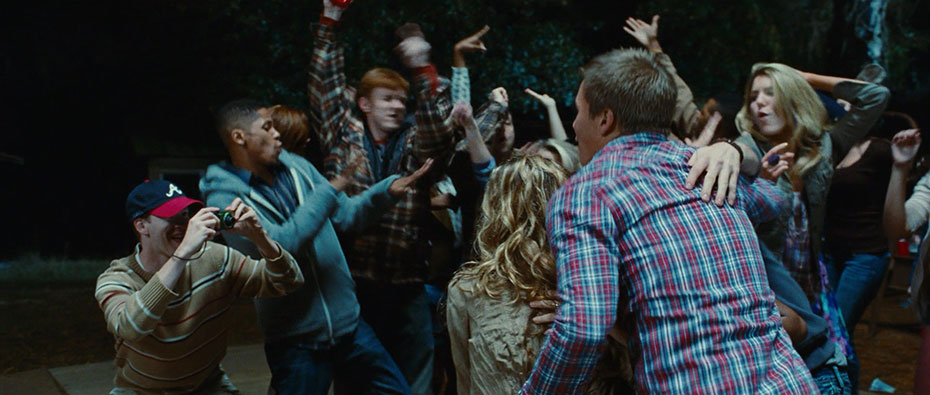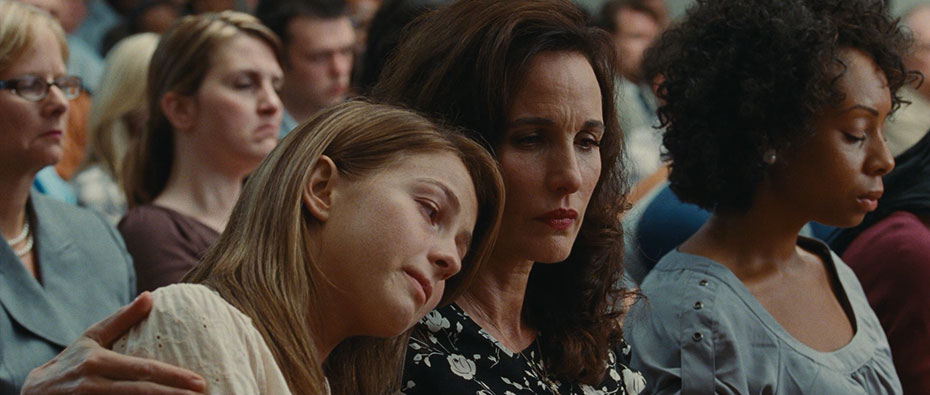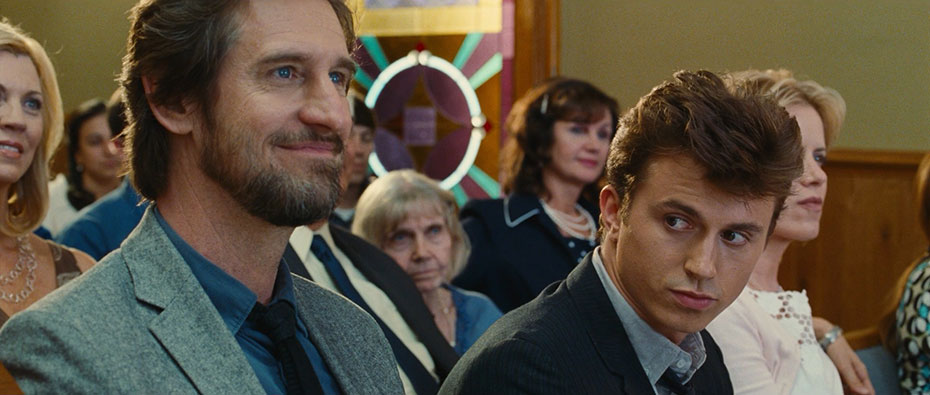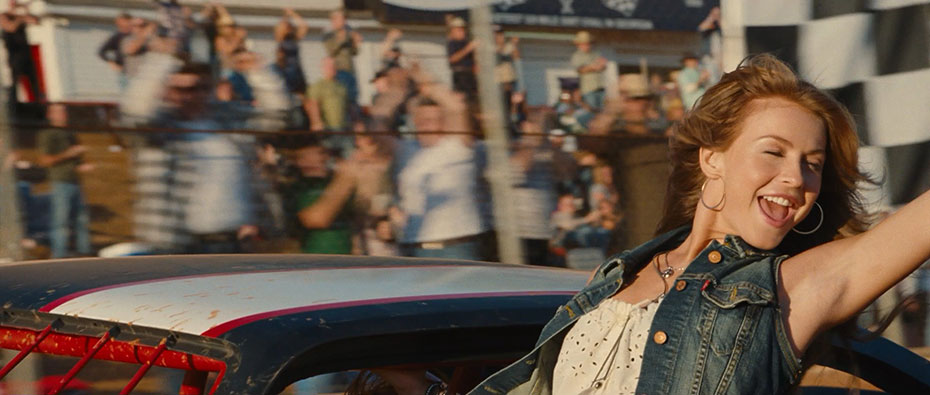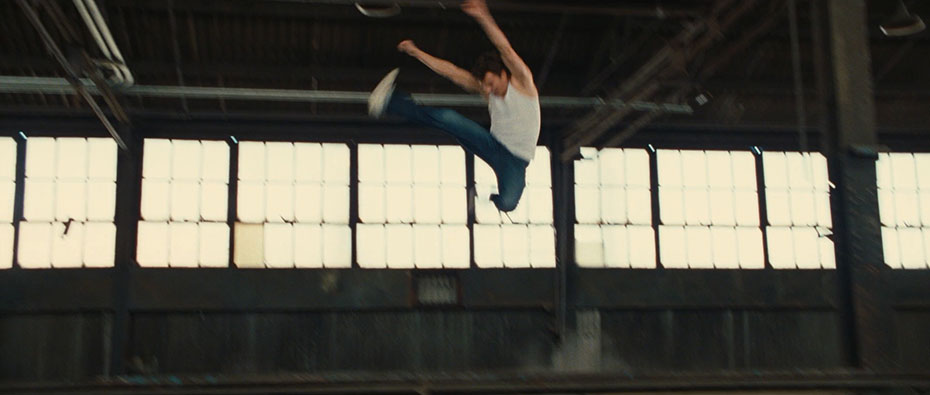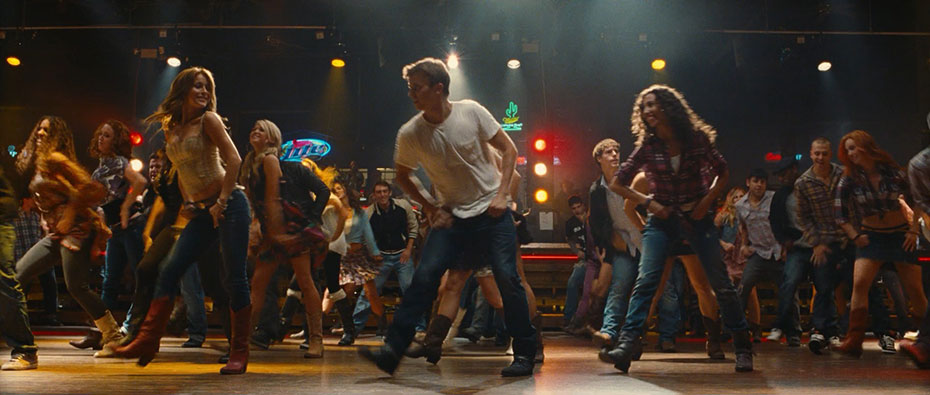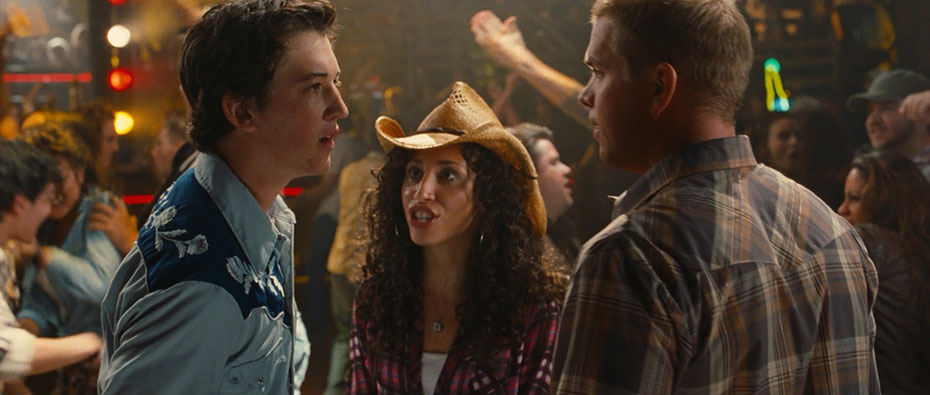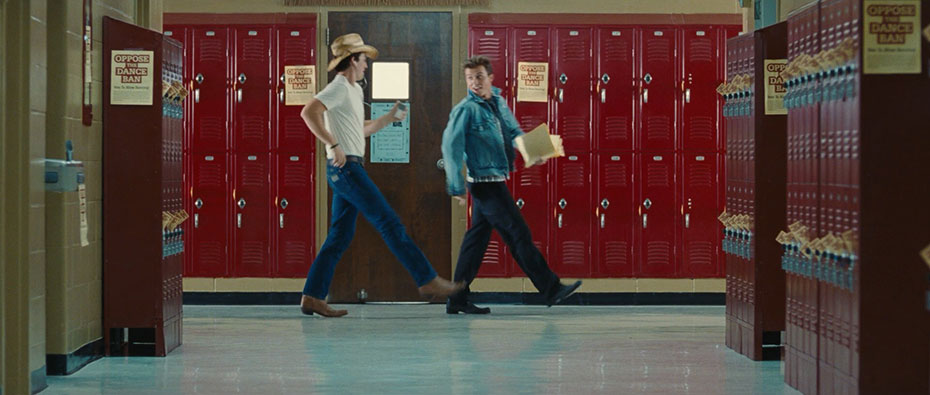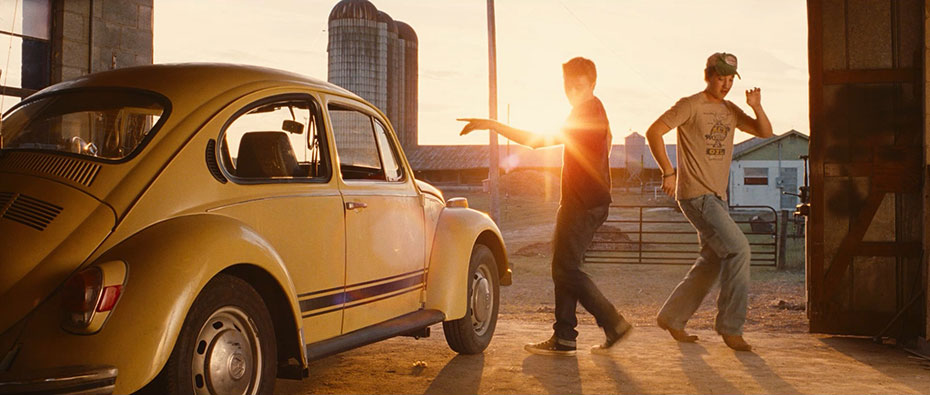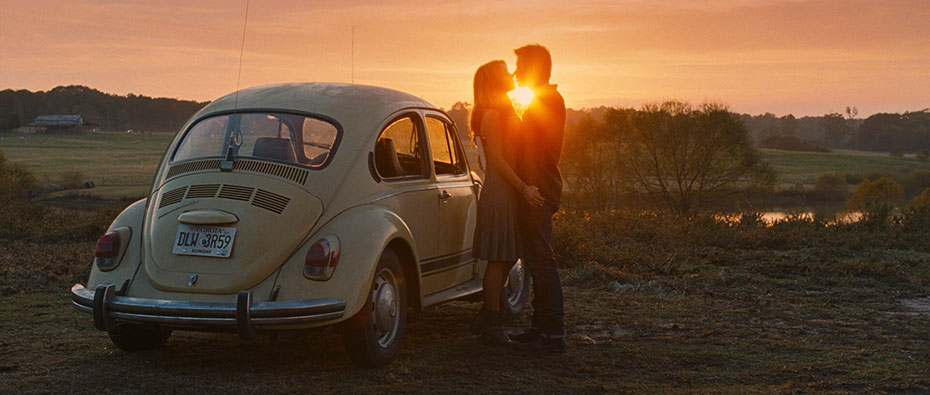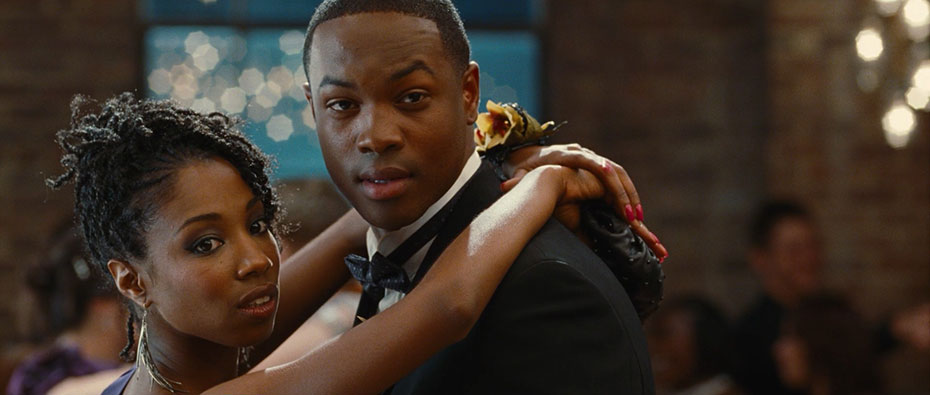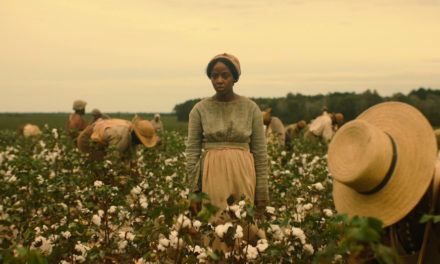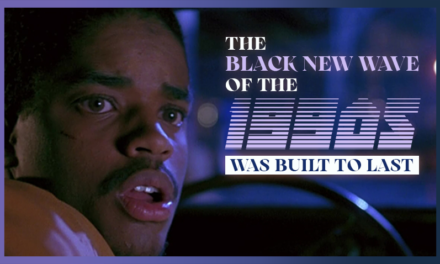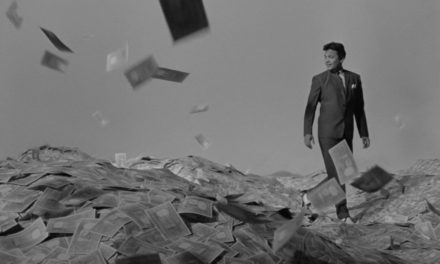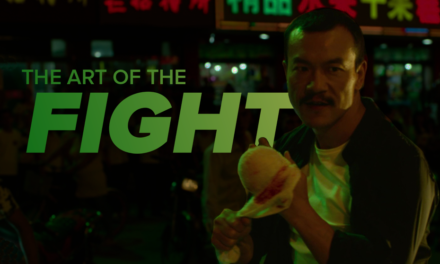THE TUESDAY DROP – 8/03
08.03.21 / New Shots
SOLARIS (1972)
Andrei Tarkovsky’s 1972 film SOLARIS is a science-fiction drama based on Stanislaw Lem’s 1961 novel of the same name. It follows the crew of a space station orbiting the fictional planet Solaris, whose mission becomes complicated when they fall into an emotional crisis. Solaris won the Grand Prix at the Cannes Film Festival and was nominated for the Palme d’Or. Tarkovsky worked on the film with Russian cinematographer Vadim Yusov, whom he had previously collaborated with on The Steamroller and the Violin, Ivan’s Childhood and Andrei Rublev. Tarkovsky and Yusov were focused on the emotional implications of the future, rather than its material implications. In fact, this was a big part of the critique Tarkovsky had of Stanley Kubrick’s 2001: A Space Odyssey, claiming that the film’s materiality was “phony on many points, even for specialists. For a true work of art, the fake must be eliminated.” To craft the emotional language of the film visually, Tarkovsky and Yusov created three distinct color schemes. Memories were portrayed in black and white, the spacecraft was treated with a cold, stark palette, and life back home was treated with a vibrant and saturated scheme. A five minute sequence traveling from home to the space station (filmed in a tunnel in Tokyo) bridges the gaps between all three schemes, pointing to the similarities between all three places.
PARIS IS BURNING (1990)
PARIS IS BURNING is a 1990 documentary film by Jennie Livingston, capturing the ball culture of New York City in the 80’s and the African-American, Latinx, gay and transgender communities involved in it. The film is considered one of the most important explorations of race, class and sexuality in American cinema, and was selected for preservation in the US National Film Registry by the Library of Congress in 2016. Paris is Burning was filmed over 8 years, and began when Livingston was a film student at NYU. When taking photos in Washington Square Park, Livingston met two young men who were voguing. She decided to go with them to a ball at the 13th Street Gay Community Center and film it for a class assignment, meeting some of the people who would become the main subjects of Paris is Burning. After cutting the assignment together with documentary editor Jonathan Oppenheim, Livingston began acquiring funding to produce the feature documentary. She brought cinematographer Paul Gibson on board, and shot the documentary on 16mm film over the following years. By the end of production, Livingston and Gibson had filmed over 75 hours of footage, which was edited down into a 78 minute film.
A GHOST STORY (2017)
A GHOST STORY is a 2017 supernatural drama film written and directed by David Lowery, starring Casey Affleck and Rooney Mara. The film follows a recently deceased man who returns home to console his wife, only to find that he is stuck in a spectral state and must passively watch her move on with her life. A Ghost Story was shot by American cinematographer Andrew Droz Palermo, who was working with Lowery for the first time (the pair would go on to work together on The Green Knight). Lowery and Palermo wanted to make the film as quickly and inexpensively as possible, shooting the majority of the movie in a single home that the production was permitted to use for free because it was due to be demolished. Lowery later claimed that the entire production budget for A Ghost Story was cheaper than one day of his previous film, Pete’s Dragon. In crafting the visual language, the pair decided on a 1.33:1 aspect ratio to convey the feeling of the ghost being trapped in his limbo state. They also experimented with frame rates and shooting with lenses wide open to create softer, more “ghostly” images that would help take the film into a more surreal space.
CHINATOWN (1974)
Roman Polanski’s classic neo-noir, CHINATOWN, follows a Los Angeles private eye (played by Jack Nicholson) who investigates an infidelity case that becomes a major scandal. Chinatown is inspired by the California water wars of the early 20th century. The film was nominated for 11 Academy Awards, winning for Best Original Screenplay (Robert Towne), and is widely considered to be one of the greatest films of all time. Chinatown was shot by both Stanley Cortez and Joseph A. Alonzo. Cortez was involved in the entire pre-production and the first two weeks of shooting, but was fired by Polanski who felt Cortez’s classical formalistic approach clashed with his desire for more naturalistic cinematography. Polanski then hired Alonzo, who arrived mid-production without any preparation. The film was shot on a Panaflex camera using anamorphic lenses, which Alonzo had to get used to when he arrived on set. But with so much preparation already complete, and with the assistance of Polanski, Alonzo was able to focus on the aesthetics of capturing the film. Chinatown is characterized by long takes that employ subtle shifts in blocking and camera movement to move the story forward – creating a visual language of long takes that hold the tension of the film together without drawing attention to themselves.
NIGHT OF THE LIVING DEAD (1968)
NIGHT OF THE LIVING DEAD is a horror film written, directed, photographed and edited by George A. Romero in his feature debut. The film follows seven people who become trapped in a rural farmhouse in western Pennsylvania, which is under assault from a growing group of cannibalistic zombies. The film is considered a touchstone for contemporary zombie and horror films, and was selected for preservation in the National Film Registry by the Library of Congress in 1999. The production of Night of the Living Dead was dictated by the $114,000 budget of the film. The entire film was shot in a barn in Pennsylvania. Chocolate syrup was used for blood, roasted ham was used for consumed flesh, and costumes were donated by Goodwill. Shot in black and white on 35mm film, the movie was one of the first whose cinematography was classified as “guerrilla style” photography – ultimately adding to the sense of immediacy and realism in the scenario that the central characters found themselves in.
WIDOWS (2018)
WIDOWS is a 2018 heist thriller directed by Steve McQueen and written by McQueen and Gillian Flynn. The film is based on the 1983 British television series of the same name. The story follows four Chicago women (played by Viola Davis, Michelle Rodriguez, Elizabeth Debicki and Cynthia Erivo) who attempt to steal $5 million from a prominent local politician to pay back a crime boss their late husbands are indebted to. McQueen worked on the film with longtime collaborator Sean Bobbitt, who had shot all of his previous films. Bobbitt and McQueen shot Widows in a 2.39 aspect ratio to make the film feel like an epic, and chose 35mm film stocks that would have minimal grain and offer as much latitude as possible. They wanted to light the film as naturalistically as possible to separate Widows from other films in the genre, and give it a more realistic, dramatic tone. Both McQueen and Bobbitt also credit colorist Tom Poole for the look of the film. Often working 12 hour days with McQueen and Bobbitt, Poole painstakingly color graded every frame of the film, frequently using dodging and burning techniques to expose separate areas of the same frame differently to create the perfect look. Poole also would choose to manipulate mid-tones of the frame, rather than the highlights and shadows, in order to preserve details in the blacks and whites of the image when increasing contrast.
YESTERDAY (2019)
Danny Boyle’s 2019 film YESTERDAY follows a struggling singer-songwriter (played by Himesh Patel) who wakes up after an accident to discover that he is the only person in the world who remembers that The Beatles ever existed, and begins performing their music to gain fame and fortune. Boyle worked on Yesterday with British cinematographer Christopher Ross, who was known for his work on films such as Black Sea and Eden Lake. Ross shot the film on a Red Helium camera with Panavision P-Vintage lenses. The film’s most complicated sequences were its concert scenes, in which Boyle and Ross had to convingly make it seem as though the central character was performing in front of a packed 100,000 person crowd at venues such as Wembley stadium. In order to accomplish this, Ross and Boyle filmed the concerts of Ed Sheeran, which were lit on a cue-based lighting system by Mark Cunniffe. Ross and Boyle filmed the concerts with over a dozen hidden cameras, and then brought Patel on after the concert to perform his four Beatles songs with the replicated lighting design.
SIDEWAYS (2004)
SIDEWAYS is a 2004 comedy-drama directed by Alexander Payne and starring Paul Giamatti and Thomas Haden Church. Adapted from Rex Pickett’s 2004 novel of the same name, Sideways follows two middle-aged men who are struggling in their careers and go to Santa Barbara’s wine country for a bonding trip. Sideways was nominated for five Academy Awards, winning in the Best Adapted Screenplay category. Payne worked on the film with Greek cinematographer Phedon Papamichael, in the pair’s first collaboration. Inspired by the films of Hal Ashby, Payne and Papamichael set out to shoot Sideways with a nod to 70’s comedies. They focussed on creating a visual language characterised by soft colors and lighting that wasn’t too sharp or vivid, and that could embrace the “ugliness” of the characters’ lives, in spite of the idyllic landscape they were in.
SHORT TERM 12 (2013)
SHORT TERM 12 is the debut feature film of writer-director Destin Daniel Cretton, adapted from his short film of the same name. The film stars Brie Larson as a young supervisor of a care facility for troubled teenagers. Short Term 12 cast most of its actors from open casting calls, and featured breakout performances from performers such as Kaitlyn Dever, Rami Malek and Lakeith Stanfield. Cretton worked on the film with cinematographer Brett Pawlak, who also shot the short film. They wanted to maintain the naturalistic tone with which the short was made, opting to shoot with natural light wherever possible. Pawlak shot the film on a RED, shooting at 5k resolution for a 2k finish in order to get the best quality image possible given the film’s low budget and lack of resources. Cretton and Pawlak carefully planned the entire film during pre-production, so that Cretton could leave Pawlak to manage the camera while he focussed on working with the actors.
FOOTLOOSE (2011)
Craig Brewer’s film FOOTLOOSE is a remake of the original 1984 musical of the same name. The film stars Kenny Wormald, Miles Teller, Julianne Hough, Andie MacDowell and Dennis Quaid. It follows a young man who moves to a small town in the American south from Boston, and protests the town’s ban against dancing. The film was shot by cinematographer Amy Vincent, who was known for her work on films such as Hustle & Flow & Black Snake Moan. Brewer wanted to pay tribute to the original film while updating key aspects to bring it to a new audience, mirroring scenes such as the iconic “chicken” scene from the original with school busses instead of tractors, and introducing hip-hop into the soundtrack. The film was praised for its performances, dancing and music, and went on to gross over $60 million worldwide from its $24 million budget.

